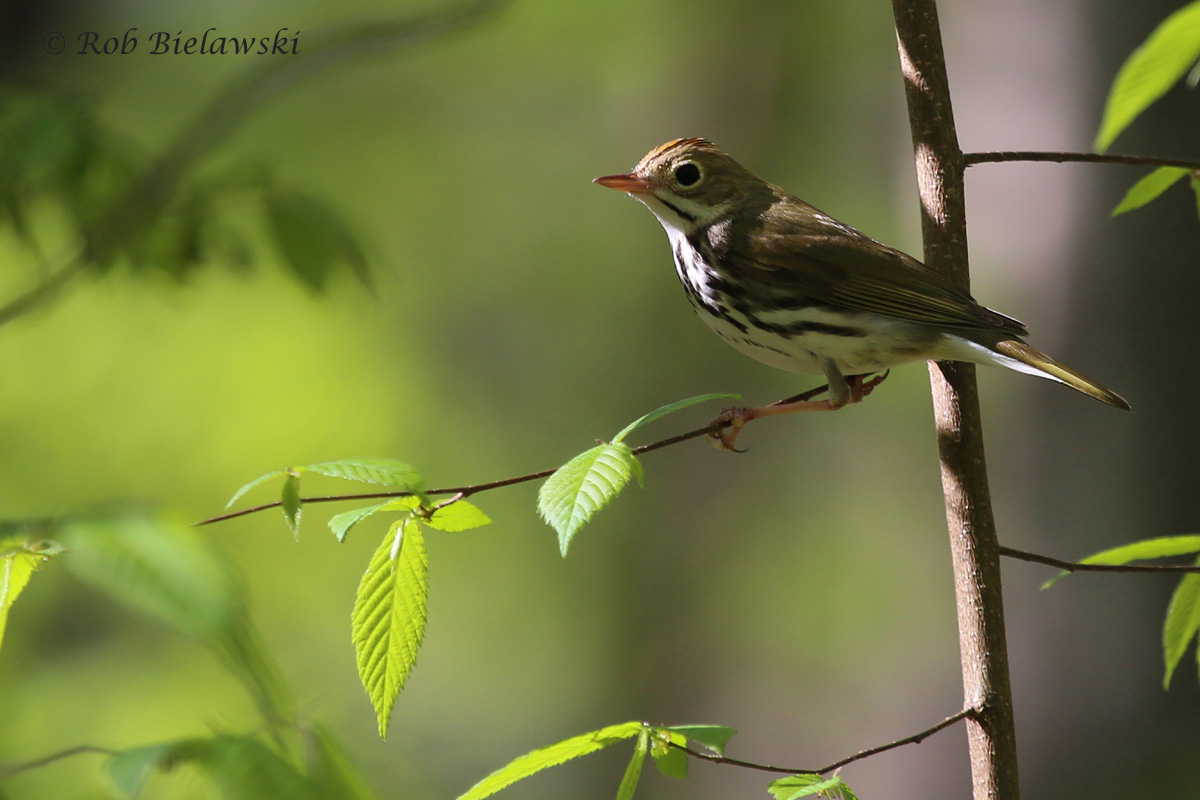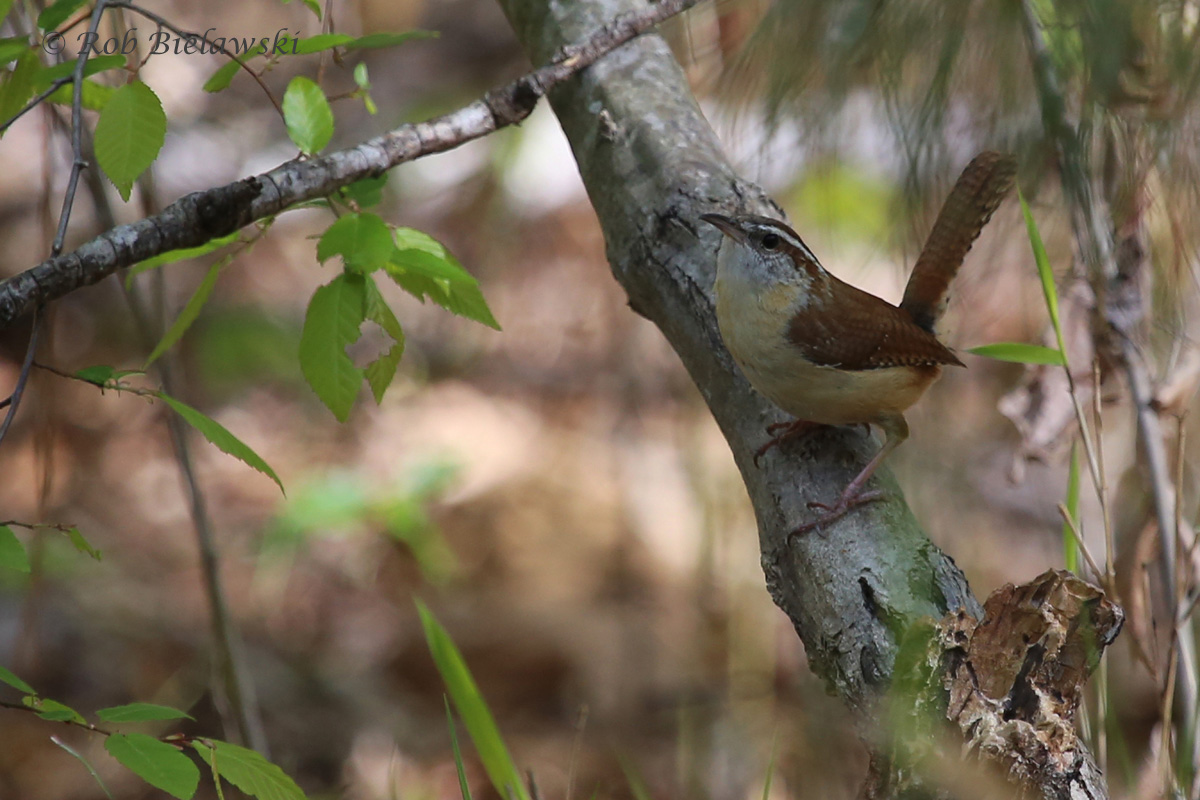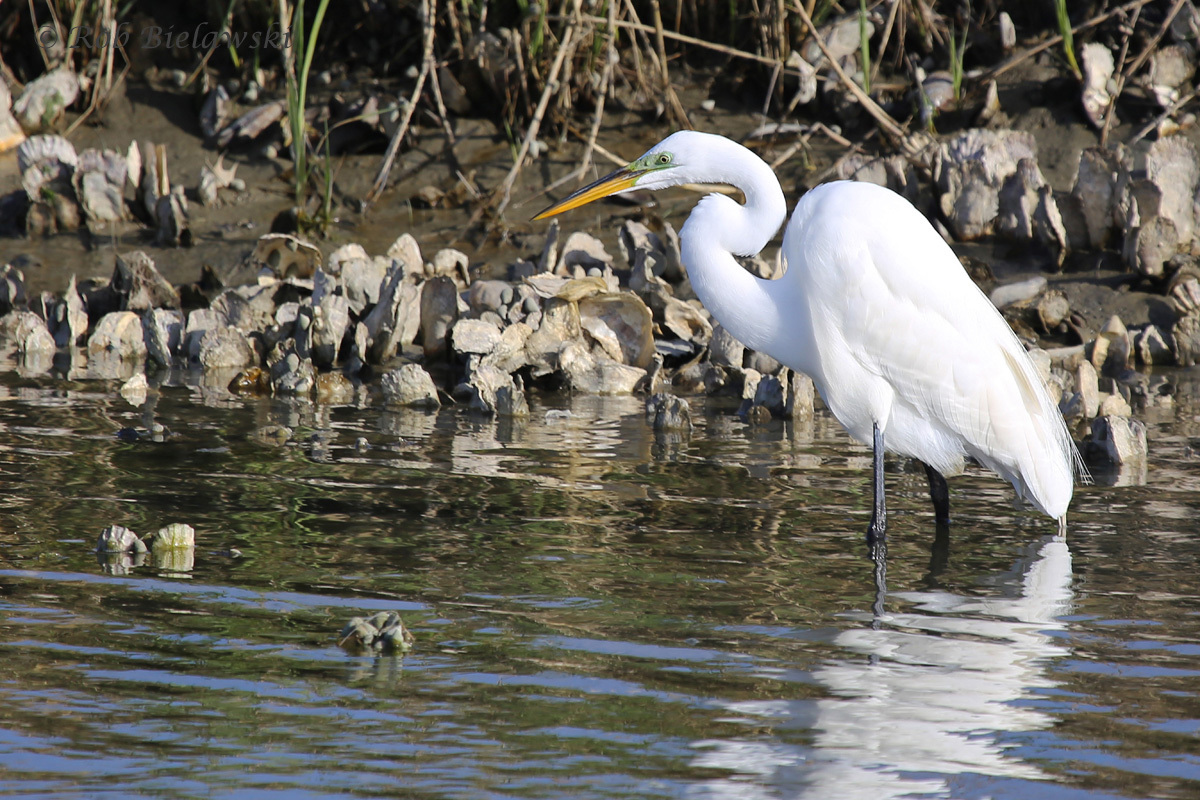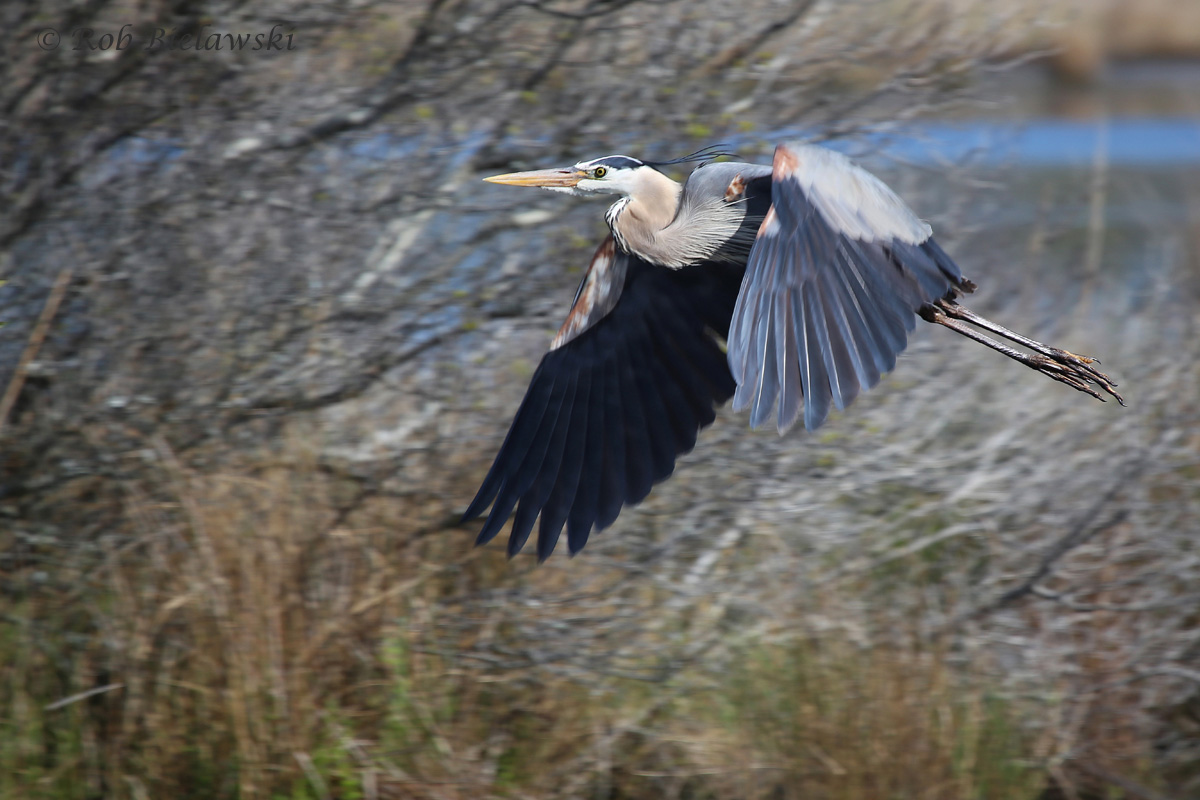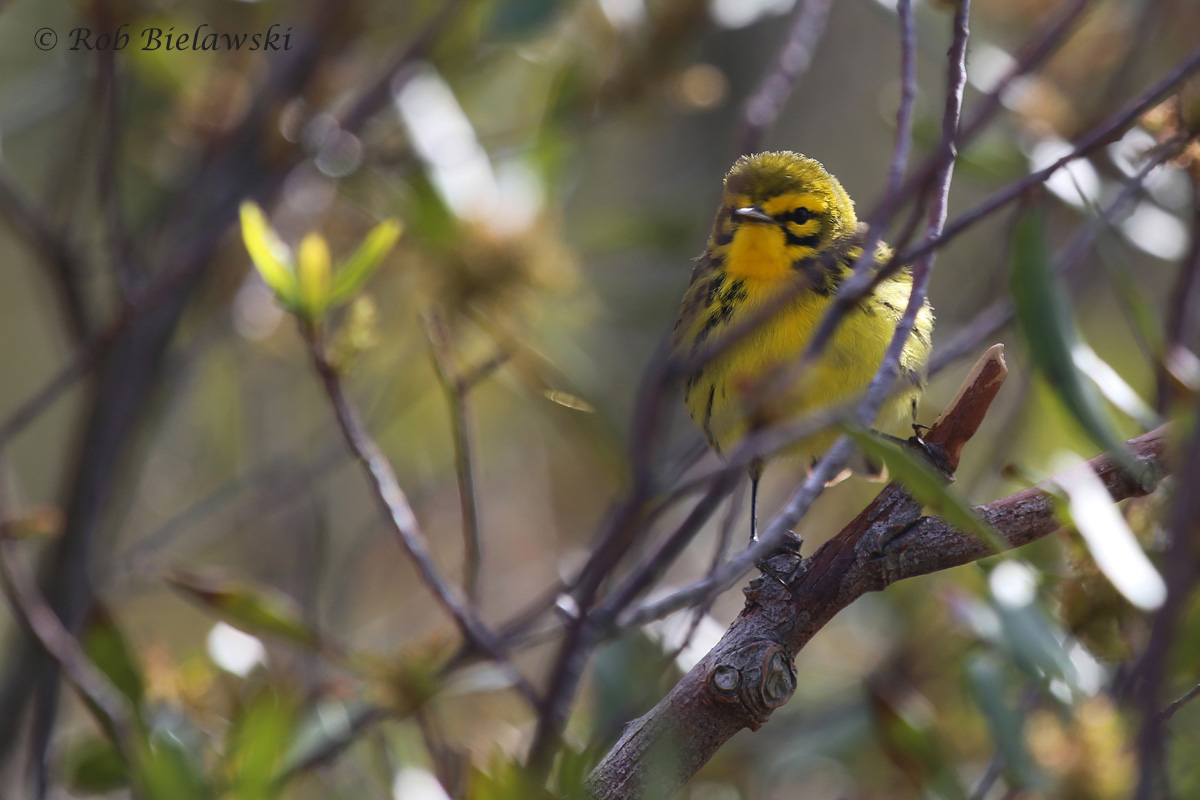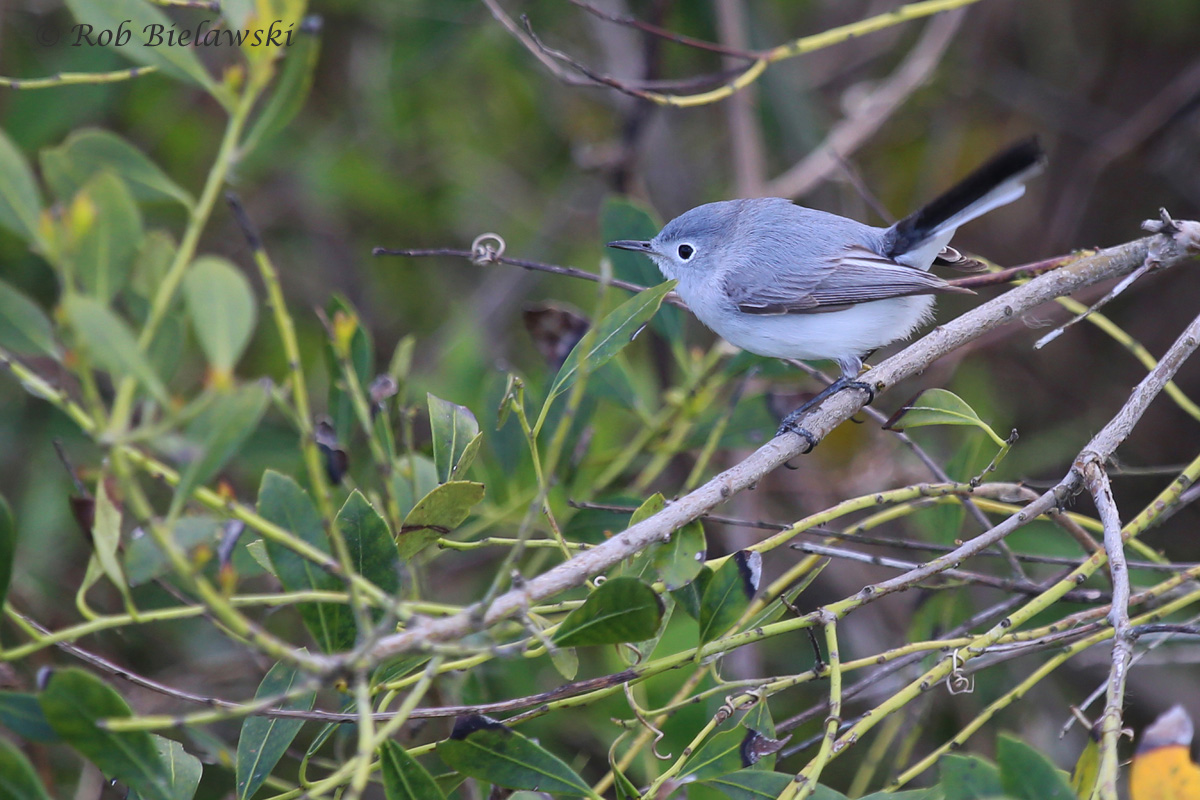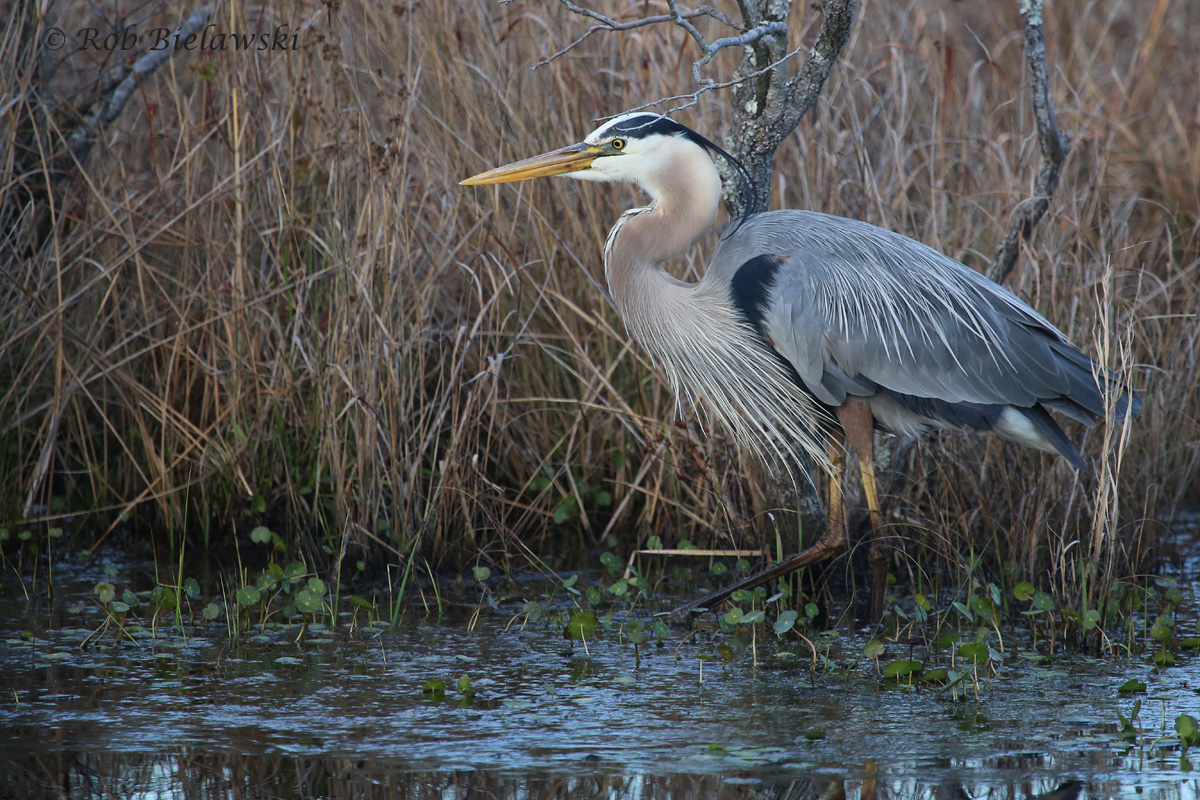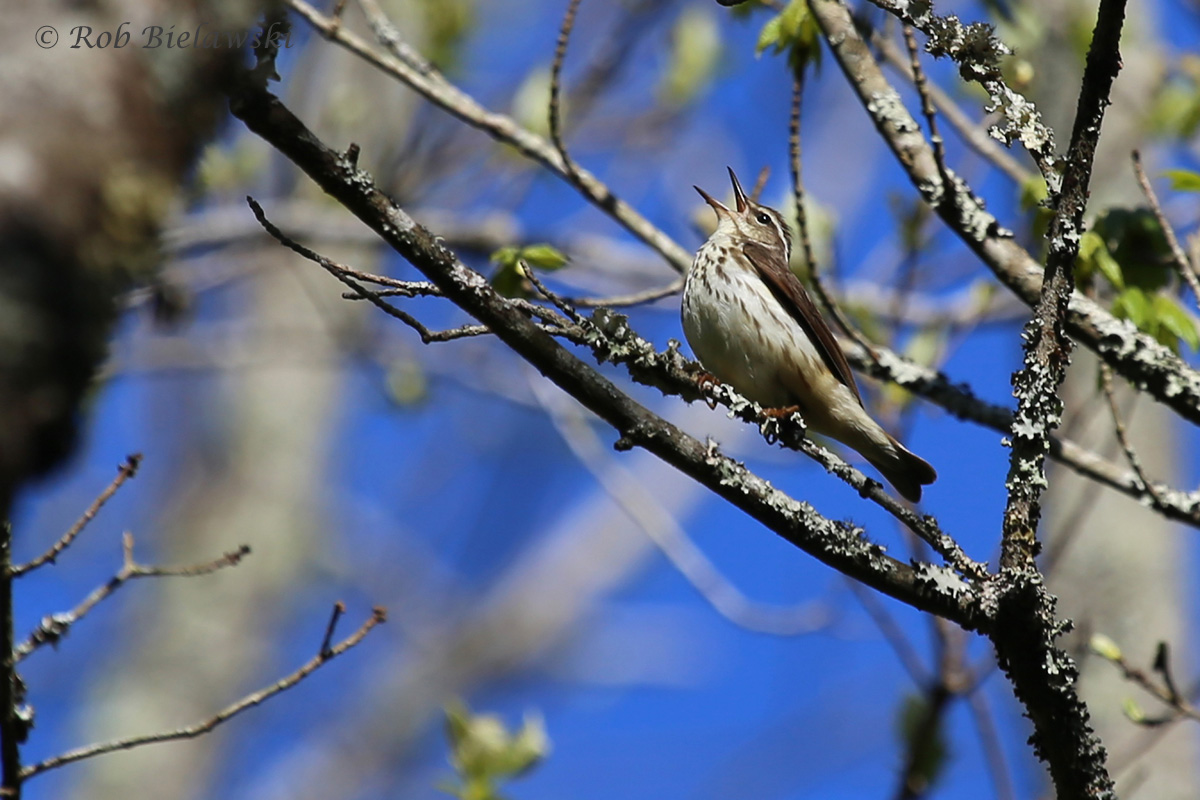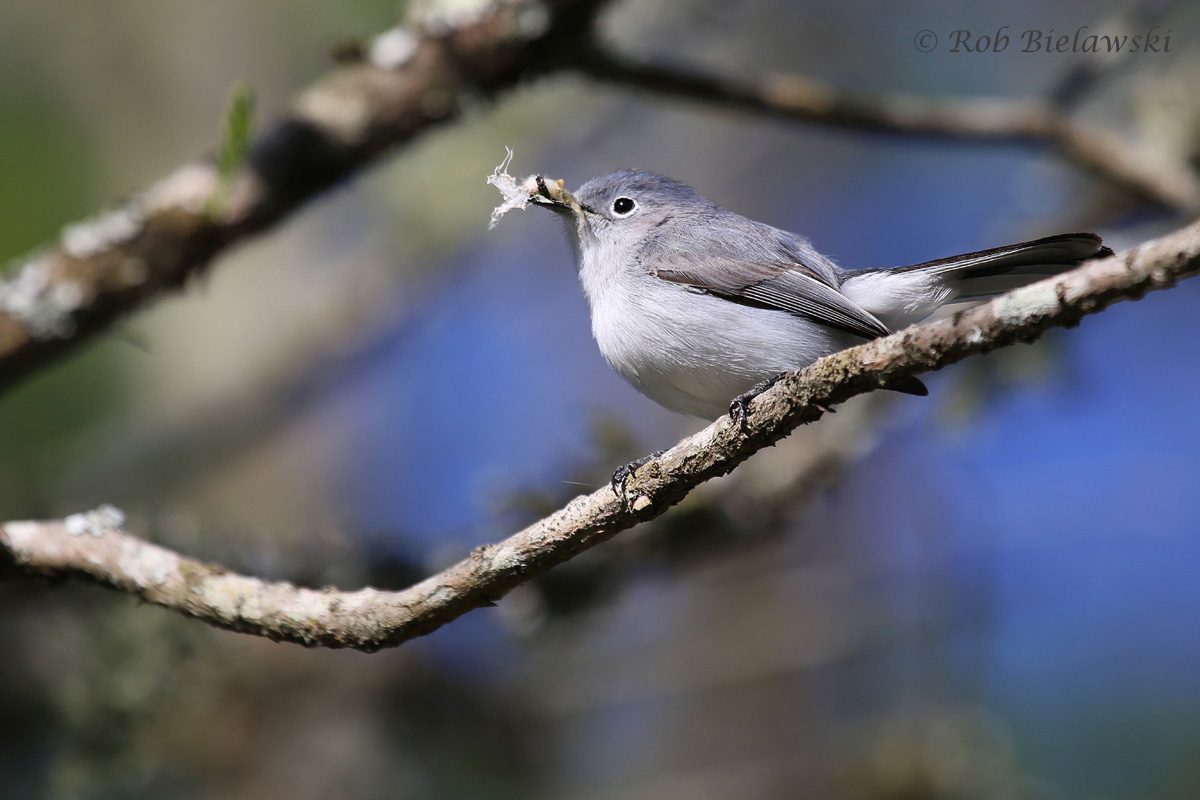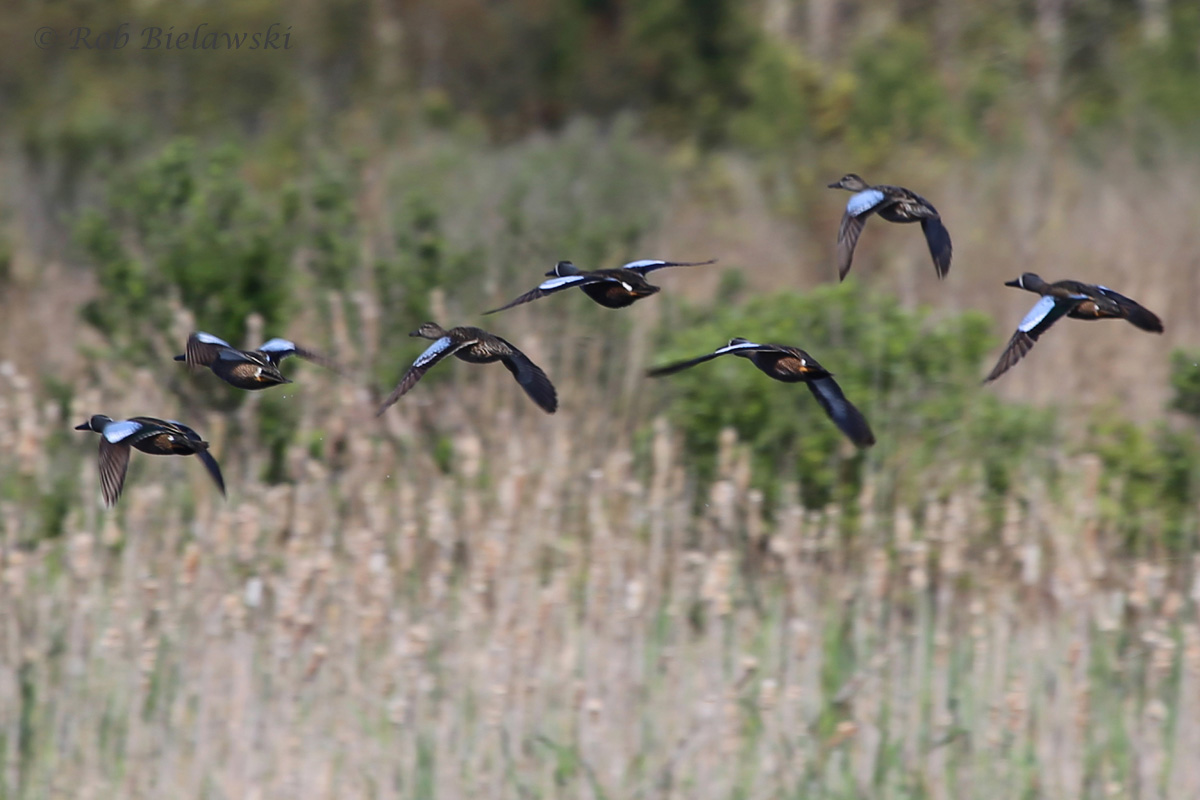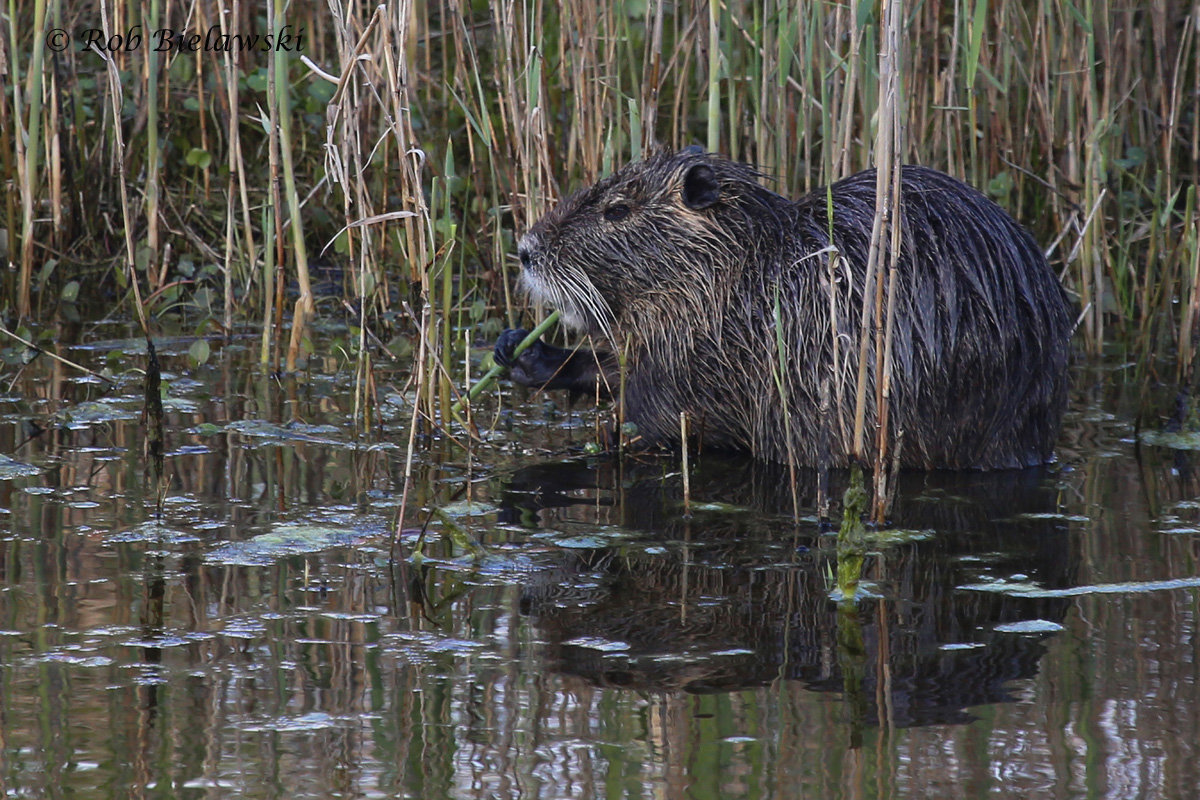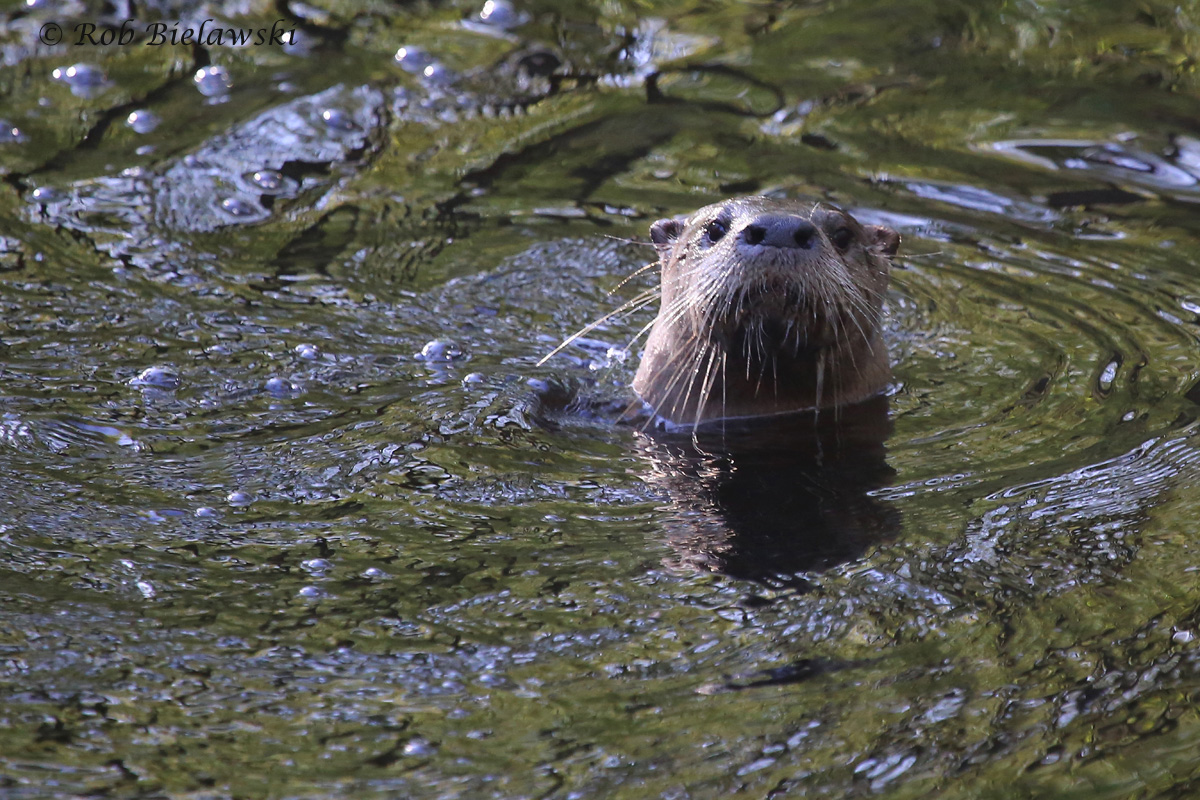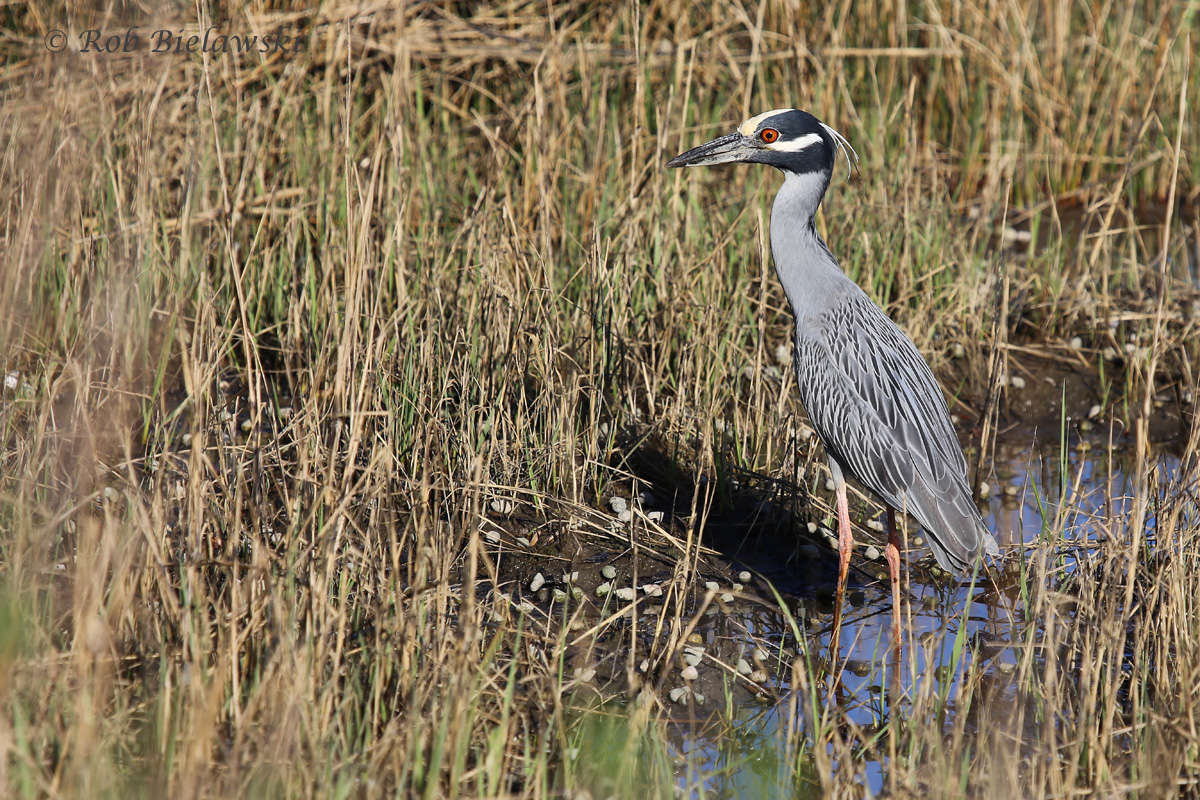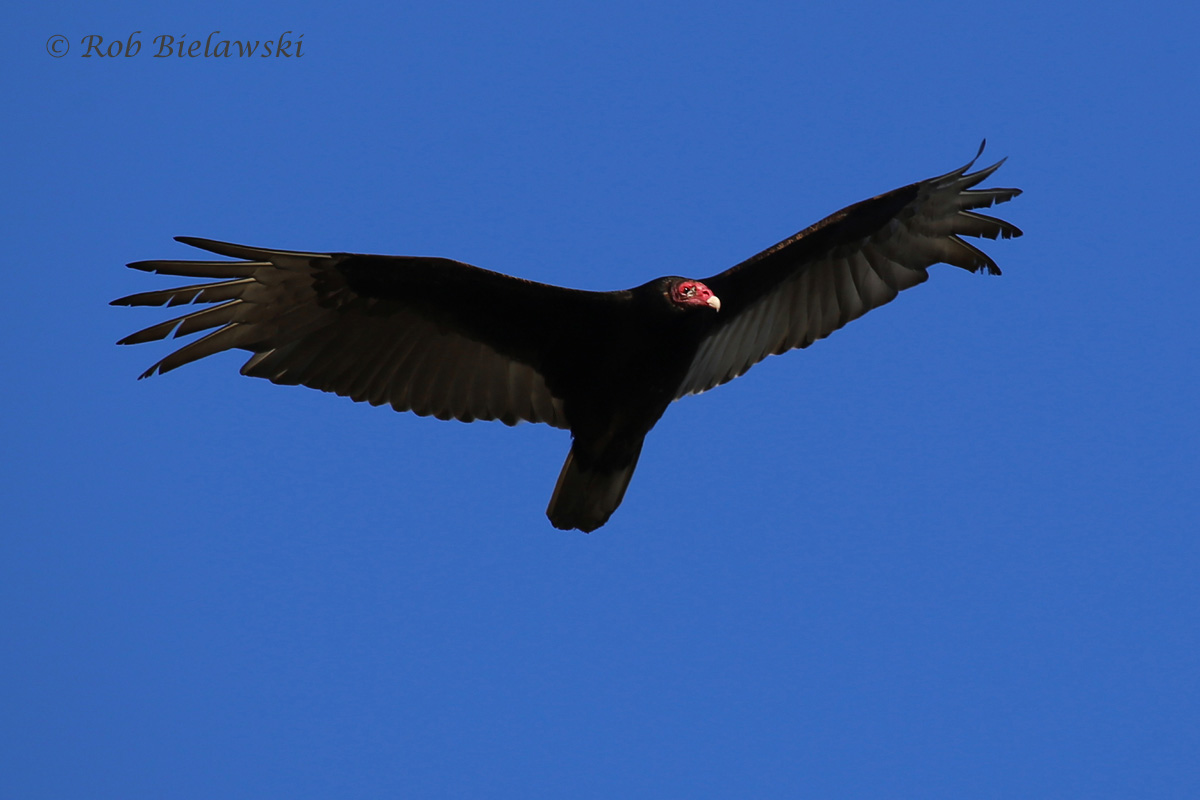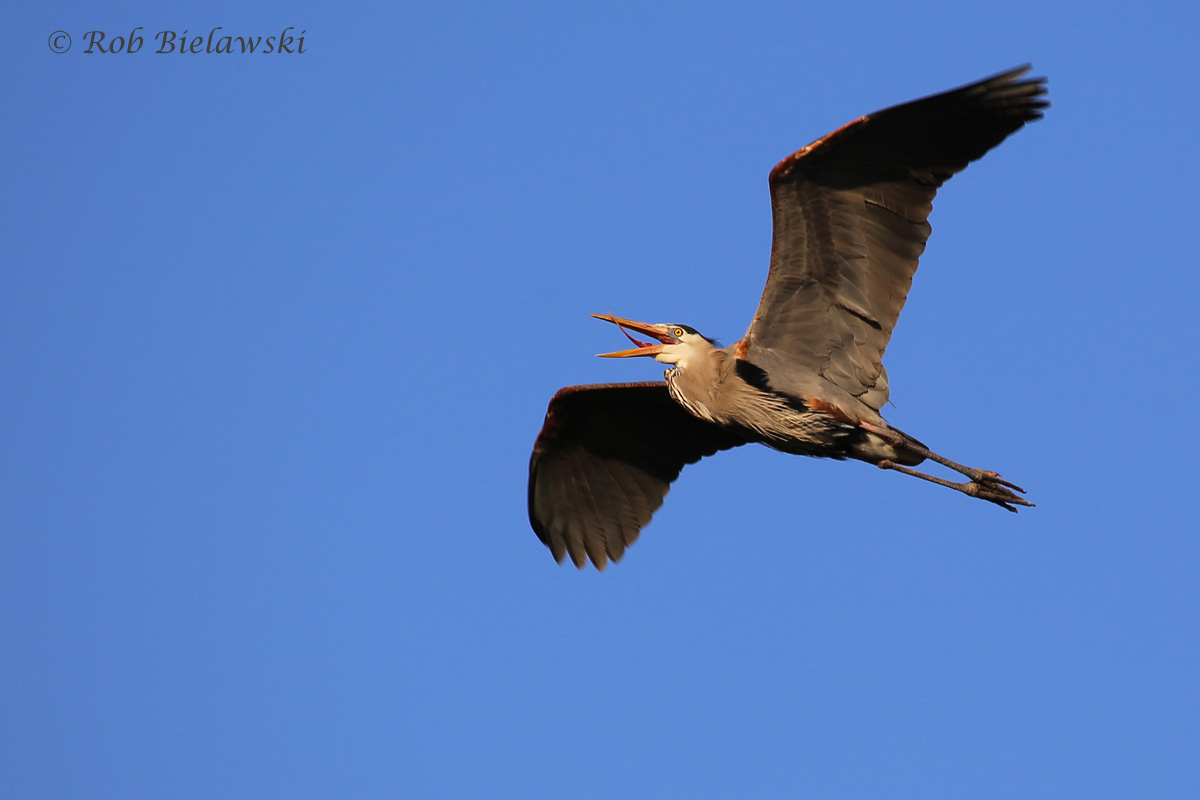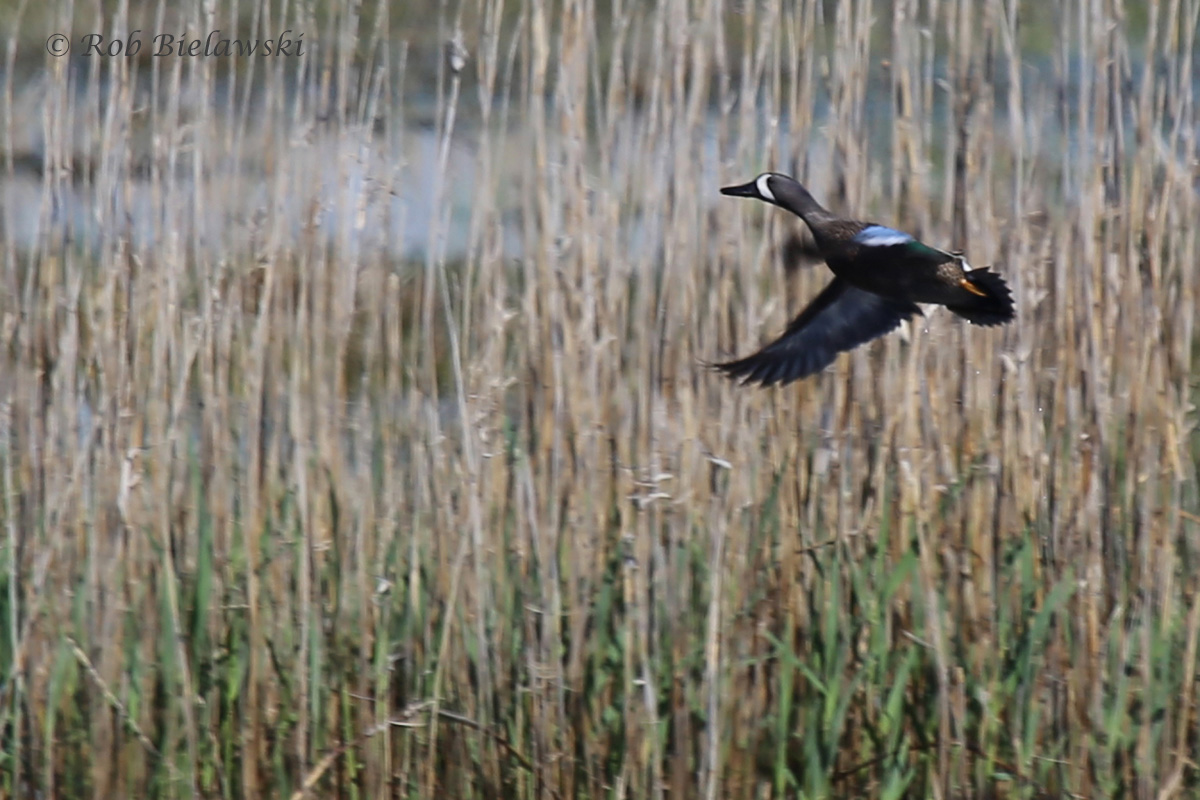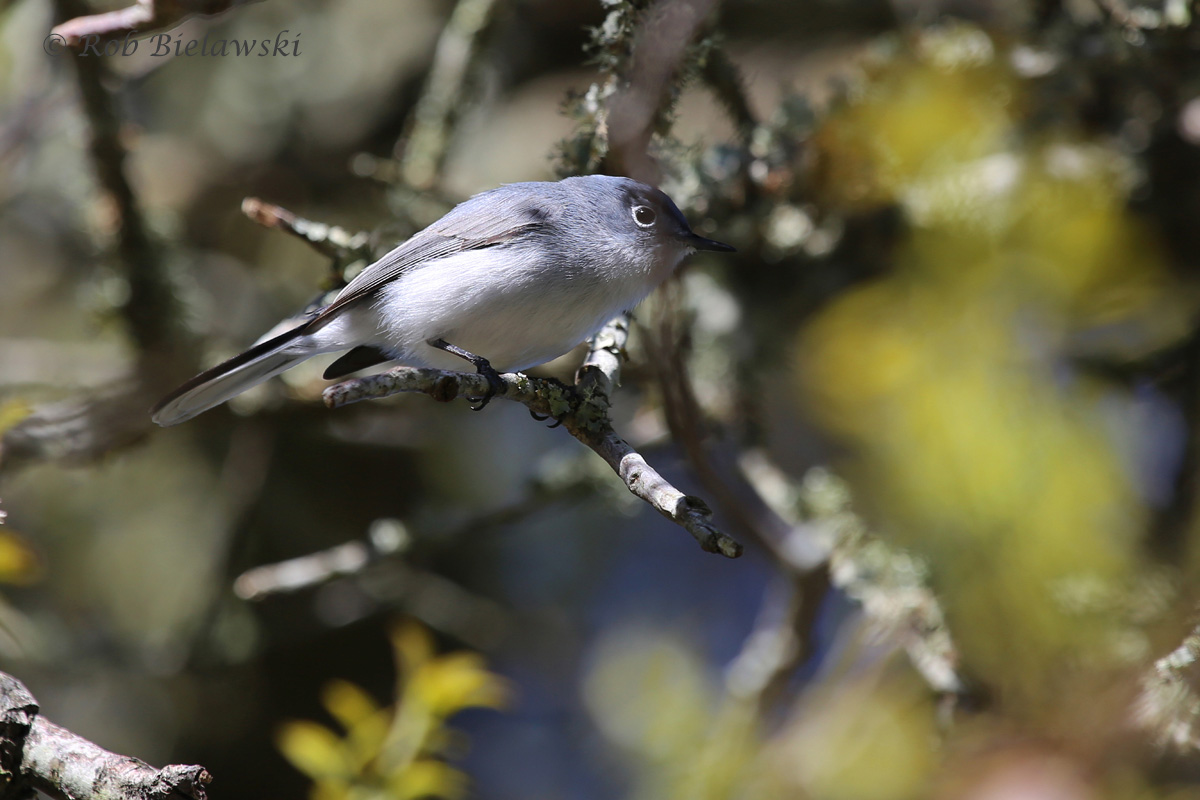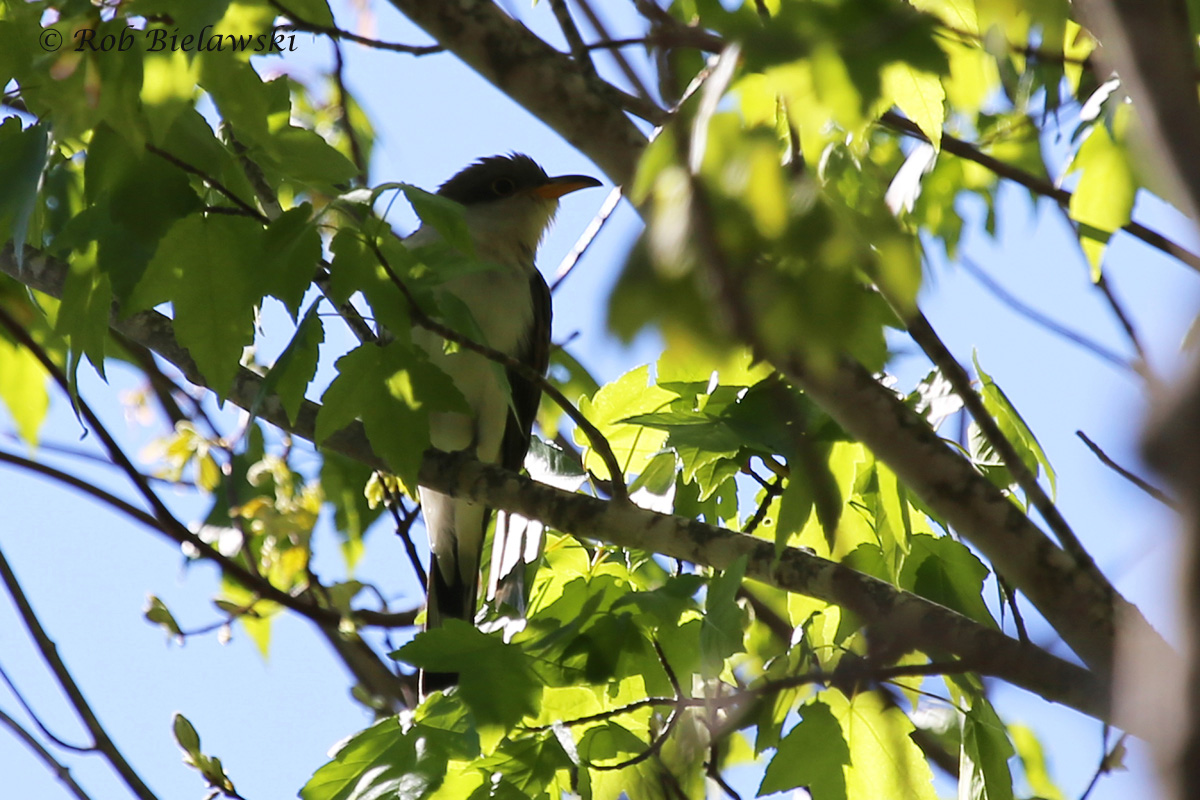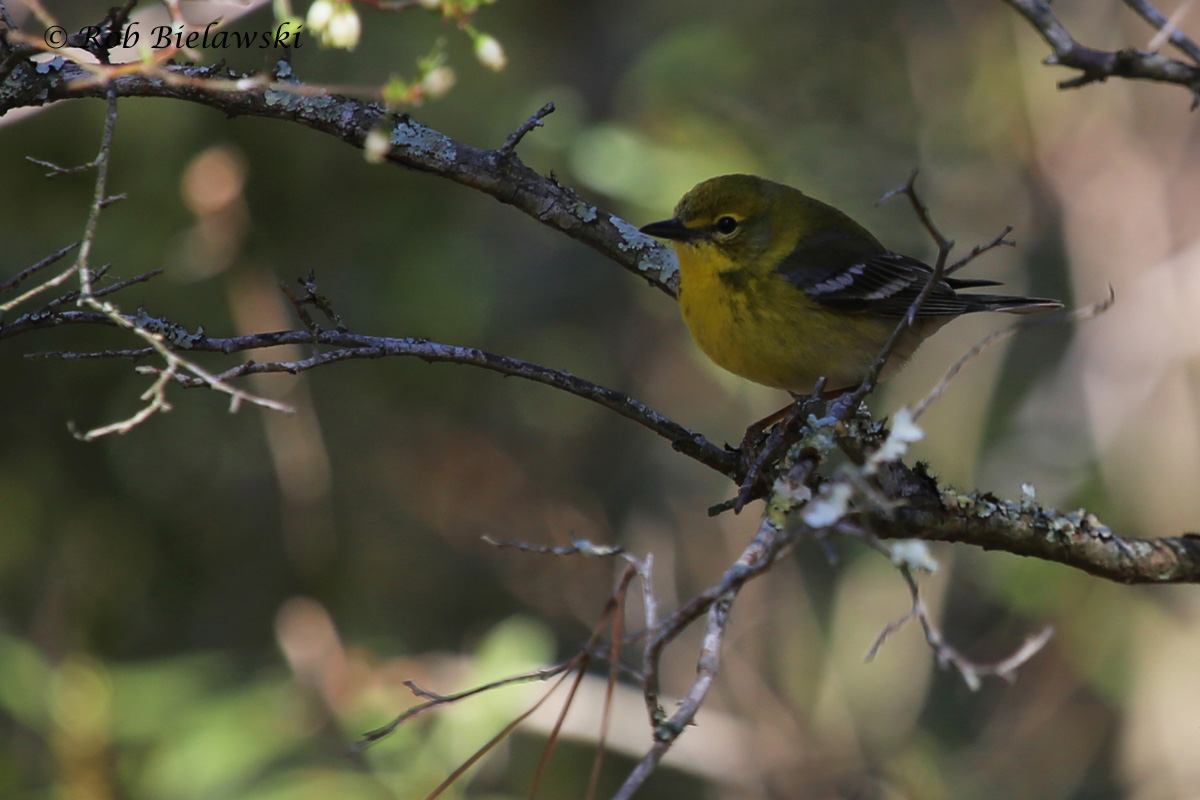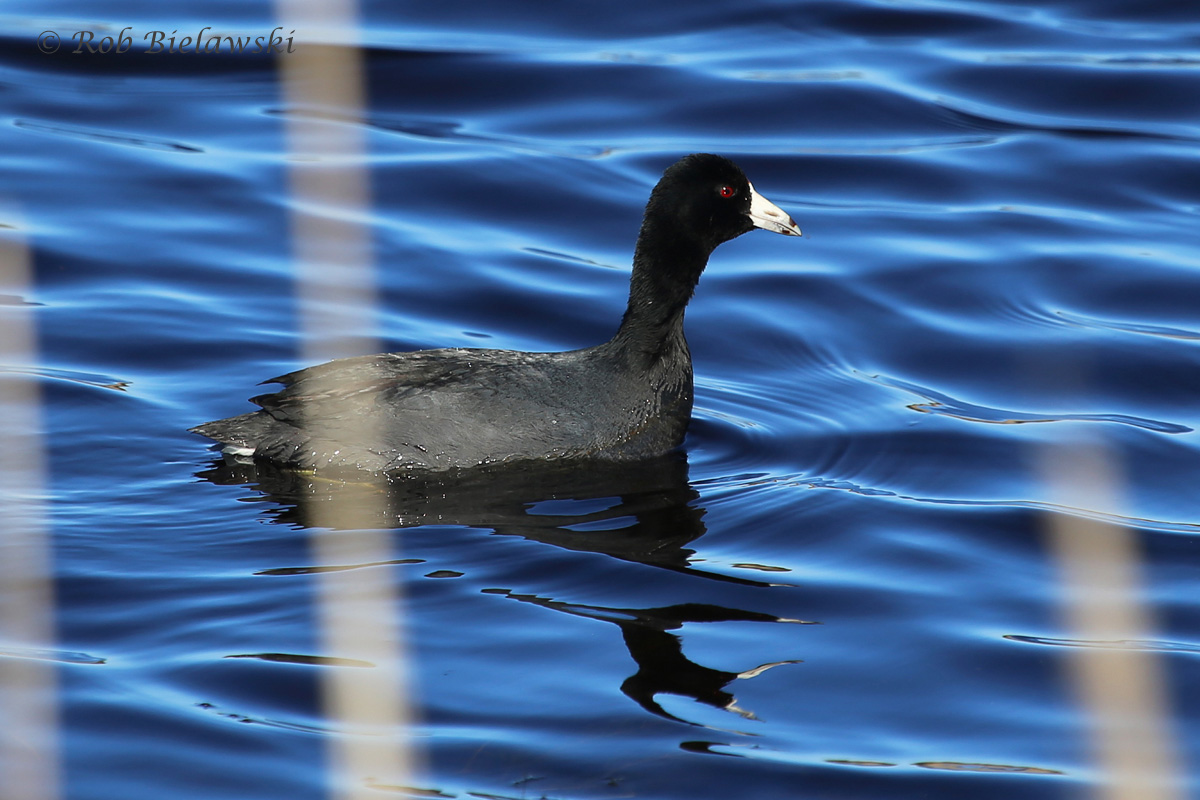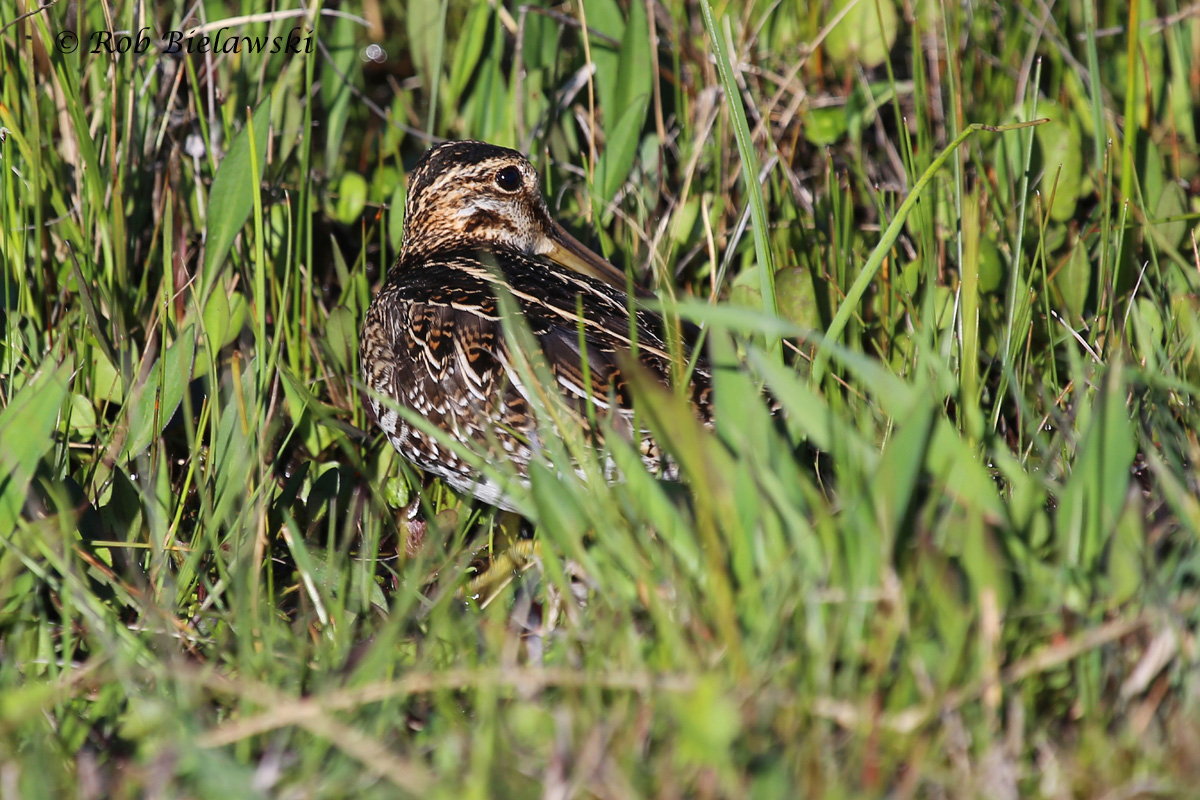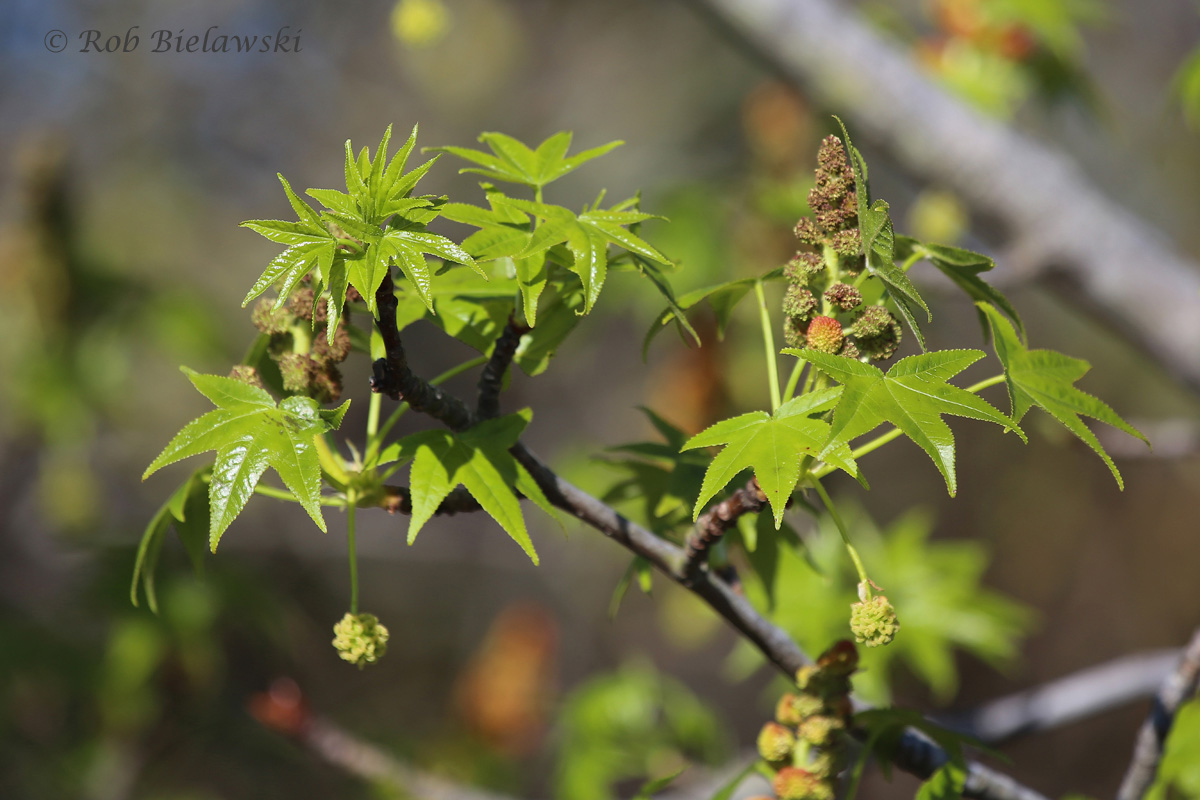Week Ending April 24, 2016
/The cool weather of the last couple of weeks came to a screeching halt this week. Temperatures rose quite dramatically with an average daily high temperature of 77.7 degrees F (a 12.8 degree spike from last week’s average); the average daytime lows also rose, but not quite as drastically, to 53.3 degrees F (a 4.6 degree increase). This meant that the daytime lows & highs had quite a range, with anywhere from 44 degrees F to 88 degrees F being felt throughout the week. Precipitation occurred on Friday/Saturday, as an impressive front moved through the area, inundating Virginia Beach with widespread downpours. At Oceana Naval Air Station (the site I use for weather data in Virginia Beach), 0.85 inches of rain was recorded on Friday with another 0.08 inches in the early hours of Saturday. For the majority of the week, strong northerly winds persisted, just like last week though we did have some southwesterlies on Thursday and Friday in advance of the front. Conditions were favorable for songbird movements during that timeframe, and the species variety exploded this weekend as a result. The average daily maximum sustained windspeed was 17.6 mph, with maximum gusts of 32 mph occurring on Saturday! Despite the winds though, Virginia Beach saw many first-of-season (FOS) arrivals this week, which included: Great Crested Flycatcher (18 Apr / Karen & Tom Beatty / Stumpy Lake Natural Area); Least Tern (19 Apr / Lisa Rose / Lake Windsor); Broad-winged Hawk (19 Apr / Tracy Tate / White House Lane); Sandwich Tern (19 Apr / Andrew Baldelli & Tracy Tate / Fort Story); Wood Thrush (19 Apr / Rob Bielawski / Stumpy Lake NA); Orchard Oriole (20 Apr / Katharine Phelps); Indigo Bunting (22 Apr / Tommy Maloney / Back Bay NWR); Summer Tanager (22 Apr / Karen & Tom Beatty / Stumpy Lake NA); Cliff Swallow & Short-billed Dowitcher (23 Apr / Steve Coari, James Marcum & Lisa Rose / Back Bay NWR); Northern Waterthrush, Chuck-will’s-widow, Spotted Sandpiper, & Least Bittern (23 Apr / Bob Ake, Matt Anthony, James Fox & Jason Strickland / Back Bay NWR); Kentucky Warbler (the first for Virginia Beach since 2011 in eBird) & Worm-eating Warbler (23 Apr / Rob Bielawski / Stumpy Lake NA); Eastern Wood-Pewee (23 Apr / David Clark / Hattie Street); Gull-billed Tern (23 Apr / Kim Harrell / Pleasure House Point NA). In addition to the list of First-of-season species, Seaside Sparrows were also a highlight at Fort Story (22 Apr / Karen & Tom Beatty), at Back Bay NWR, and at Pleasure House Point NA. Transient Sora were also a highlight of the week at Back Bay NWR, with one observed 18 Apr (Clara Rous) and 6 more observed 23 Apr (Ake, Anthony, Fox & Strickland). Also at Back Bay NWR, Sedge Wrens were observed by several parties this week. Calling Eastern Screech-Owls were observed at First Landing SP (18 Apr / Andrew Baldelli) and a heard, seen & photographed Barred Owl was at Stumpy Lake NA (19 Apr / Rob Bielawski) was also a bird of interest, though the species is present year-round in Virginia Beach, it is not often observed in daytime. Whimbrel continue to move through the area with one photographed this week (24 Apr / Rob Bielawski / Back Bay NWR). A late Orange-crowned Warbler (19 Apr / Bob McAlpine / Back Bay NWR) was also photographed this week. Throughout the week, there seemed to be mass movements of Glossy & White Ibis, with hundreds of each species being observed along the coastline, especially at Back Bay NWR. With all the excitement this week, it was surprising that for a third straight week, no true rarities were observed in Virginia Beach, although a report of a Black-necked Stilt at Back Bay NWR did surface, it provided no identifying details, and this individual was never reported again though the area was scoured over the course of the week. For those who might not have noticed yet, I insert links above to all eBird reports that include photographs of the species of interest being described. For the reports that don’t have photographs, I simply list the species information, so if you want to have links in this report to your eBird checklists, make sure to add photographs of the species of importance.
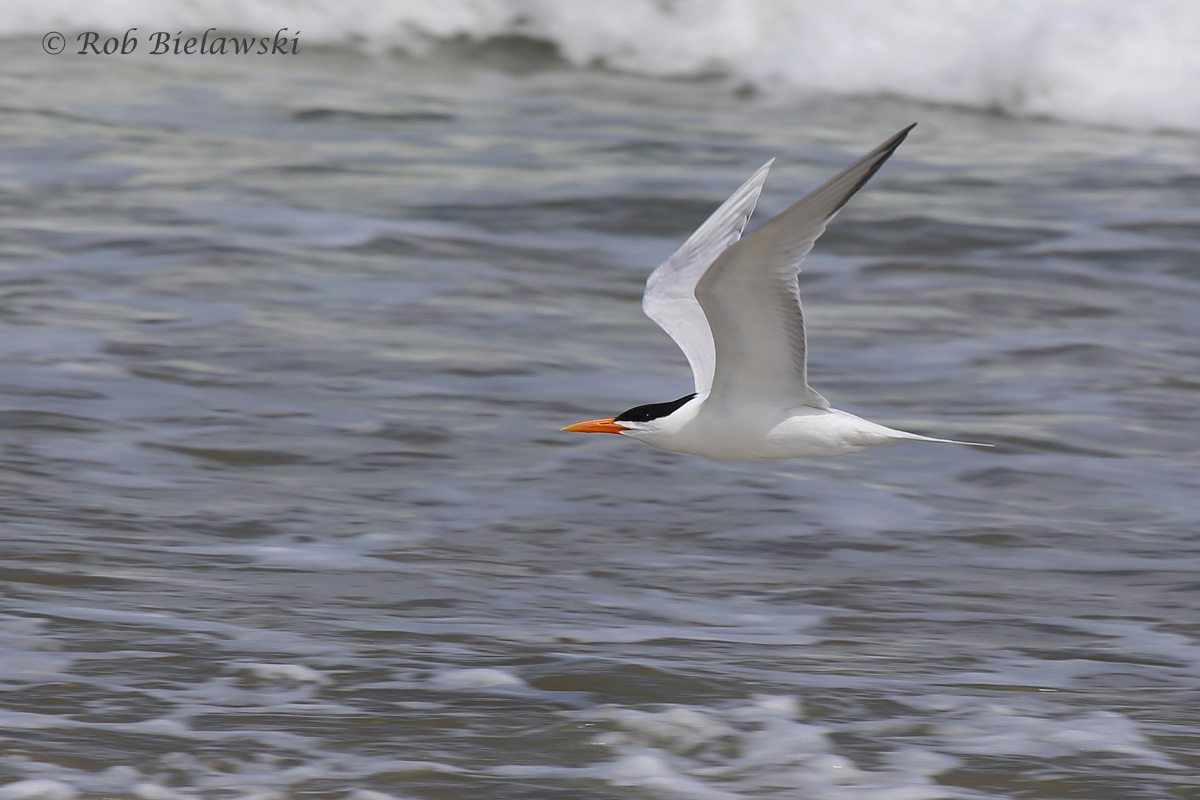
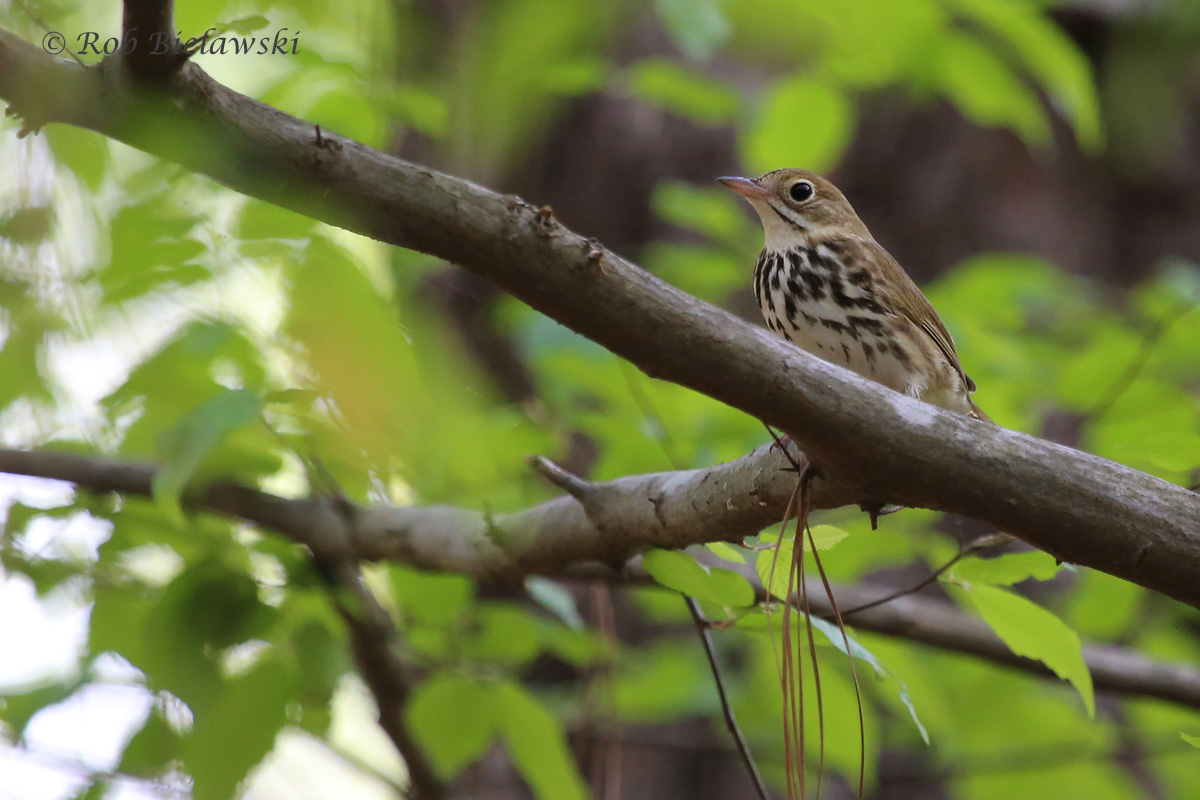
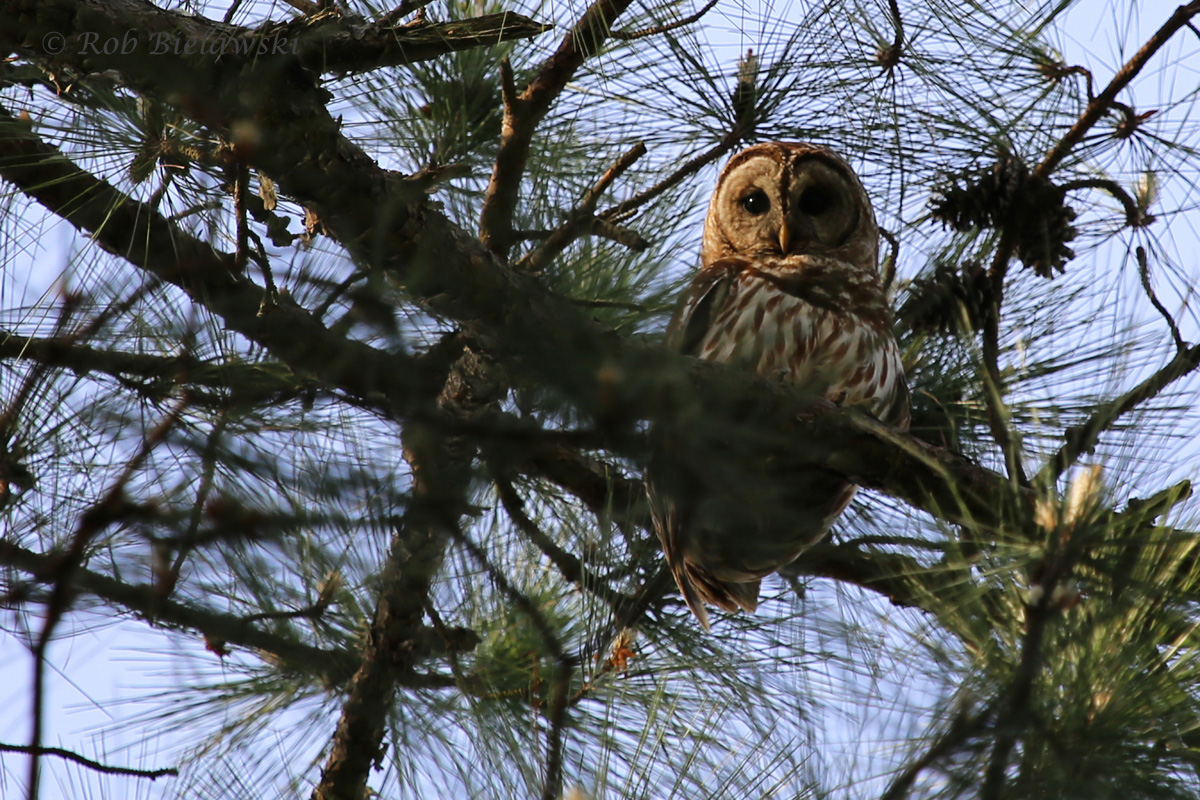
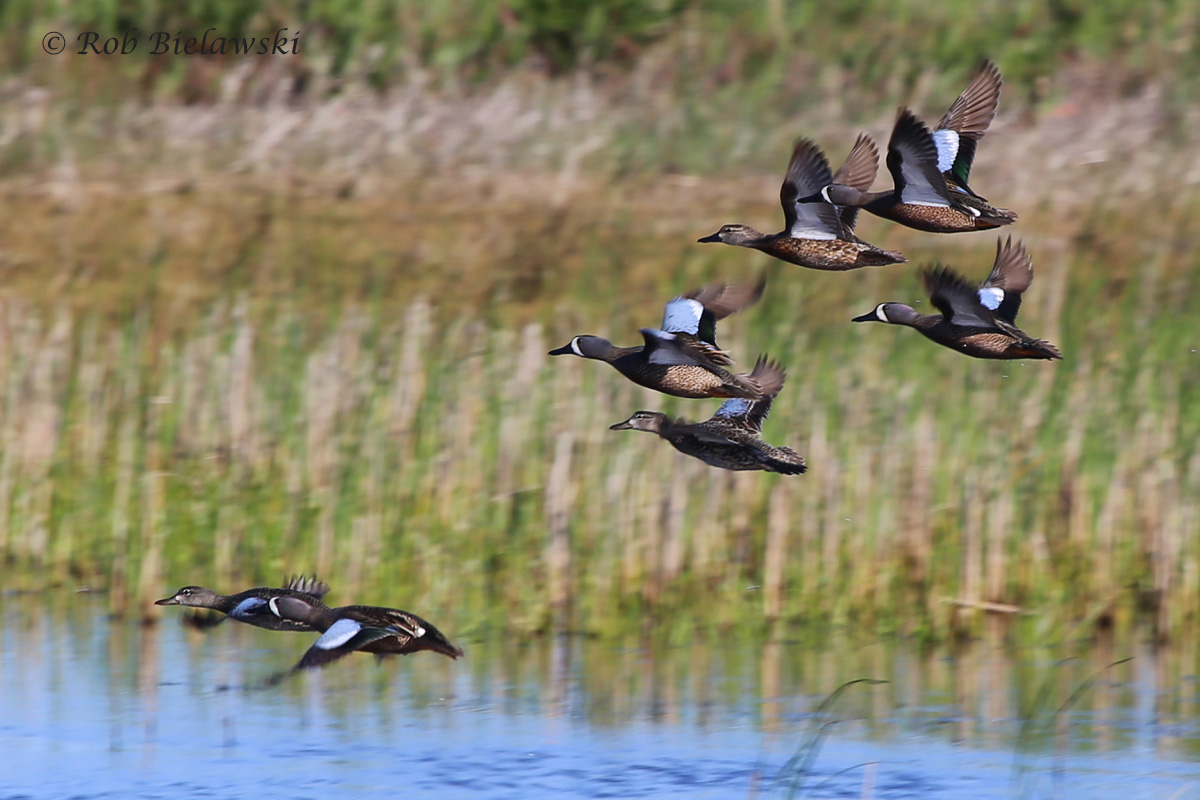
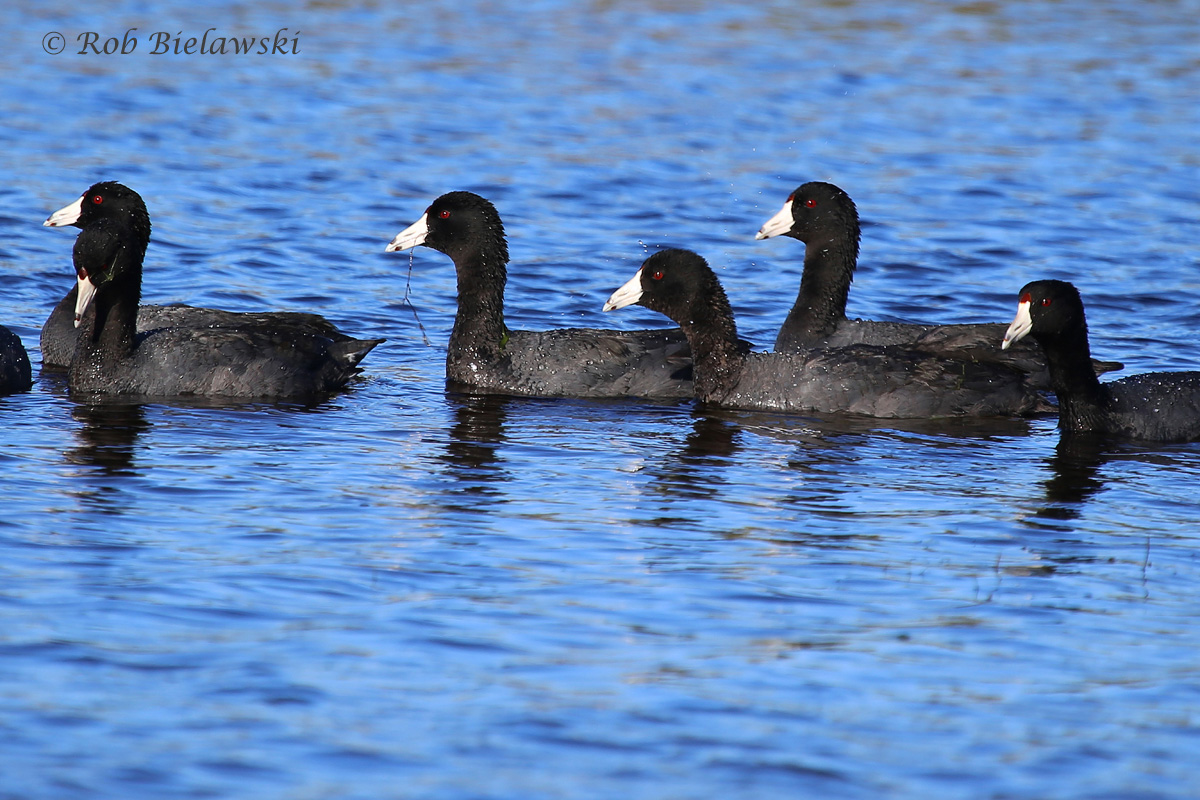
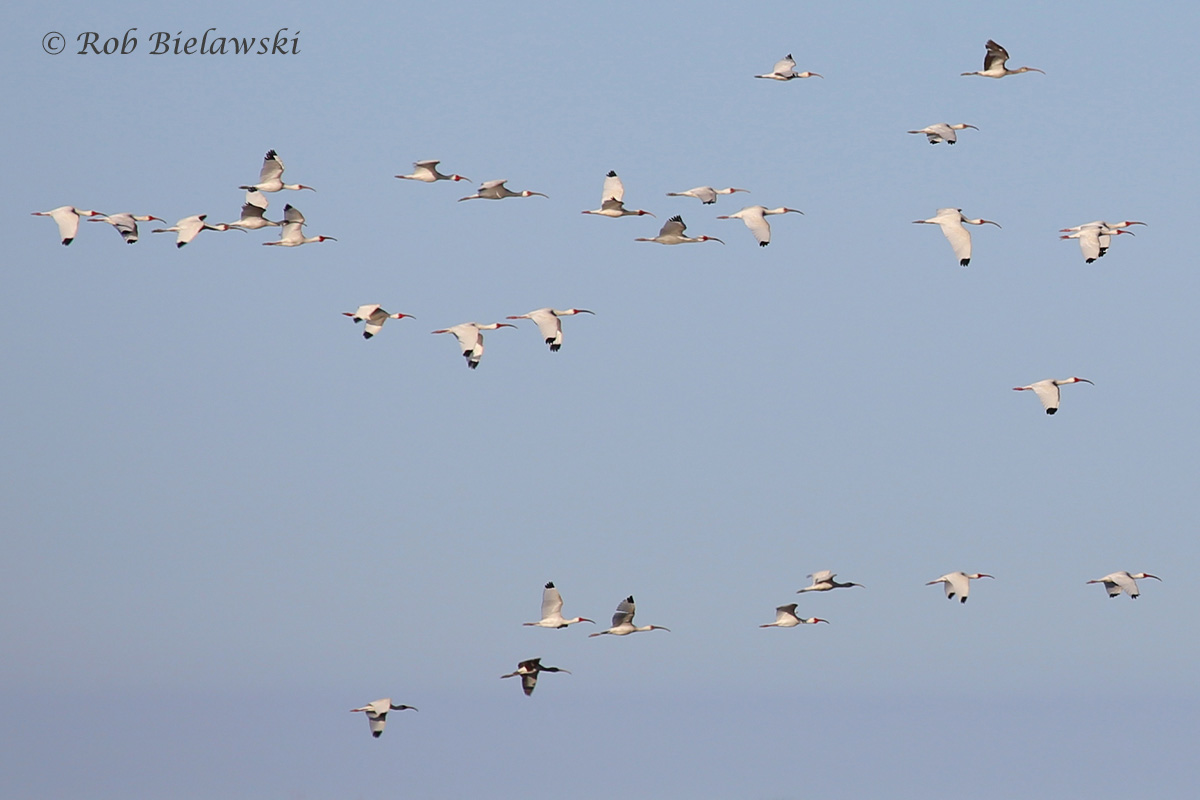
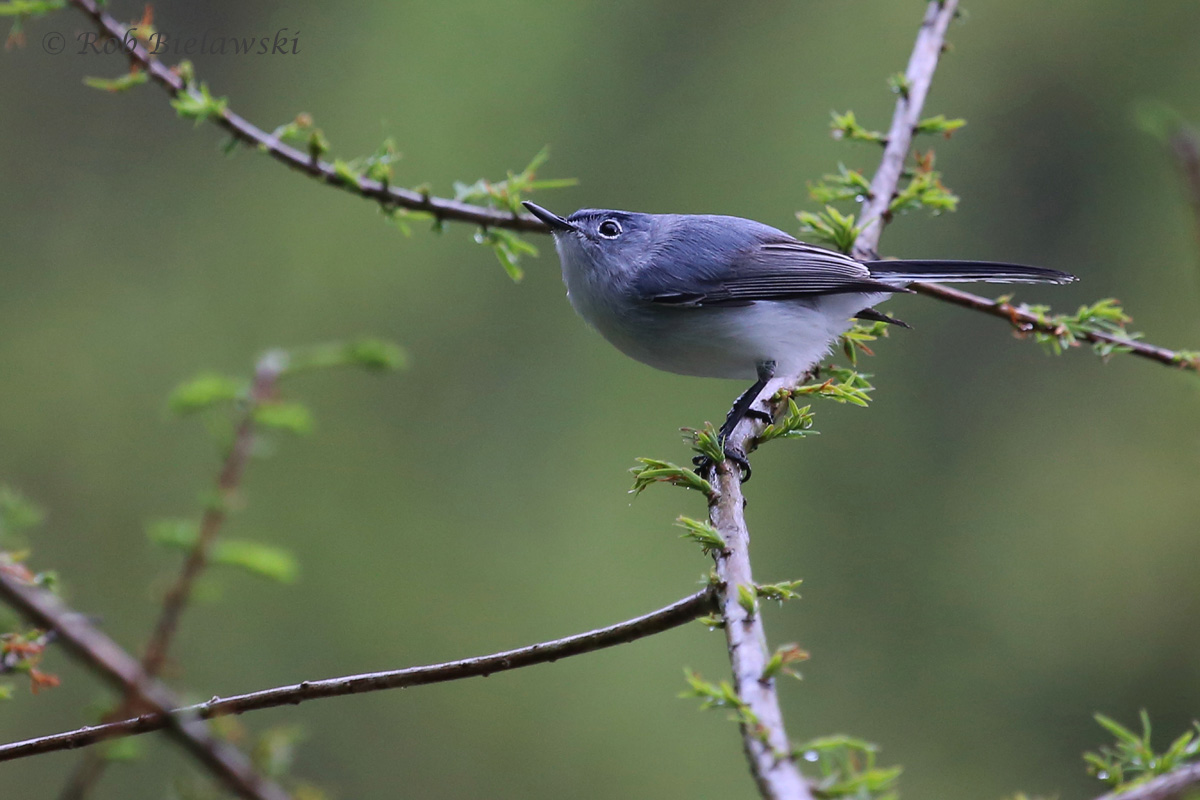
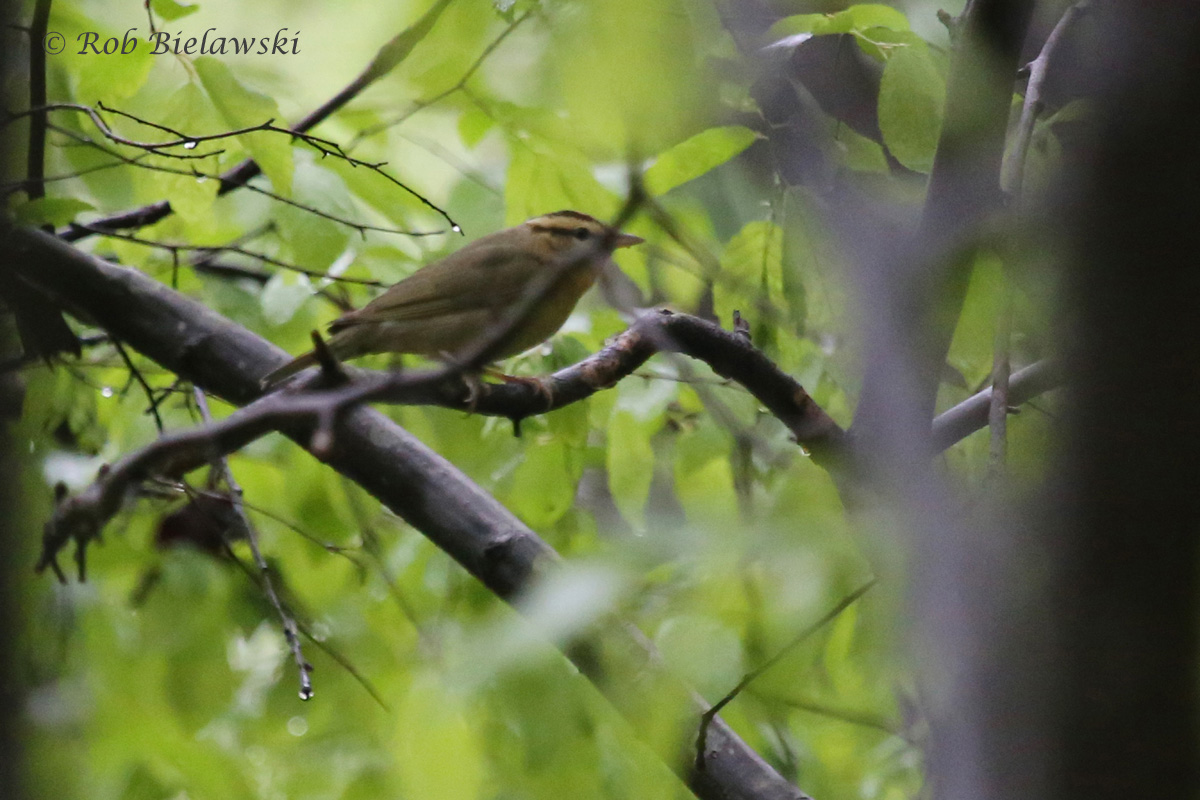
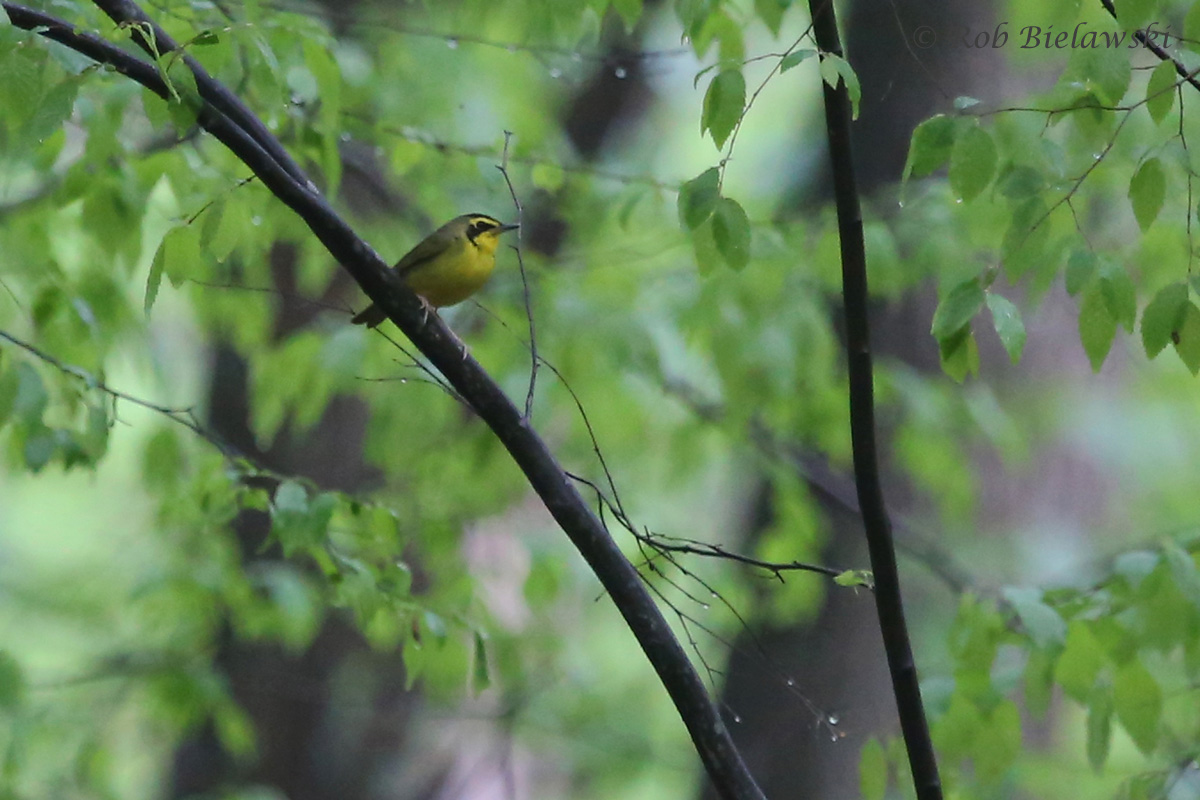
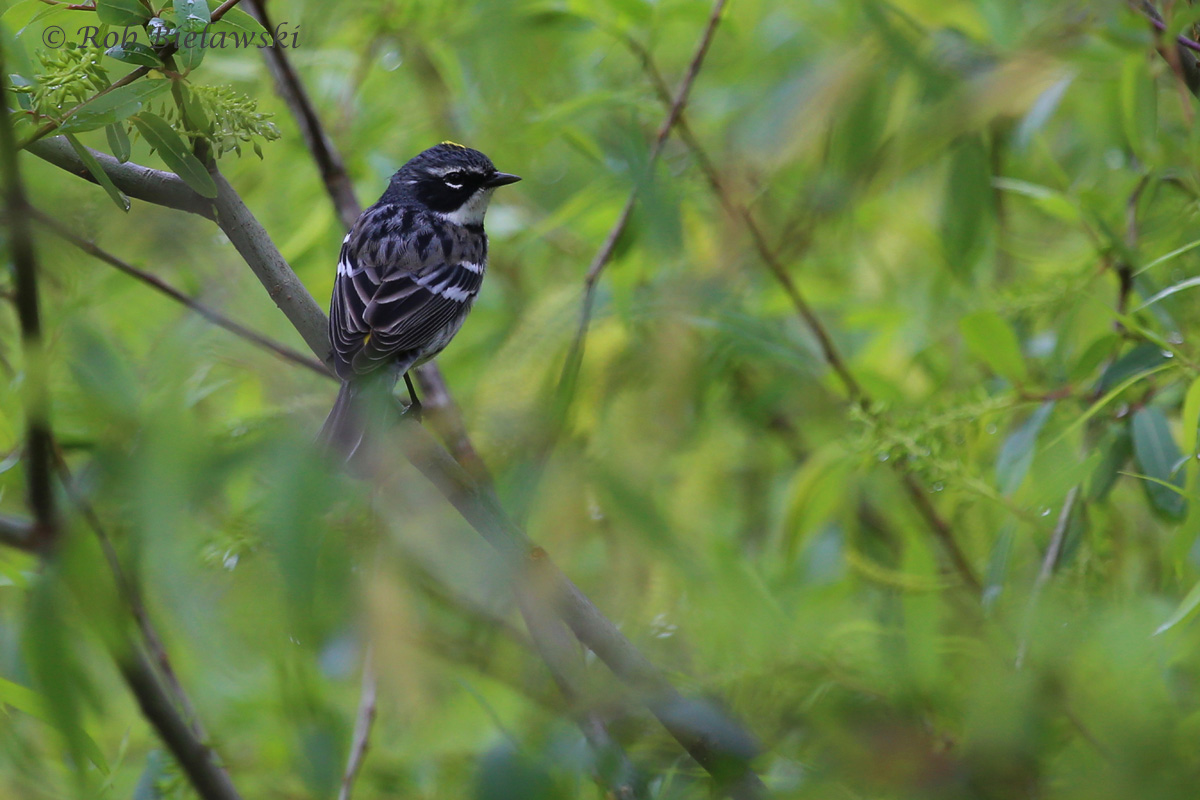
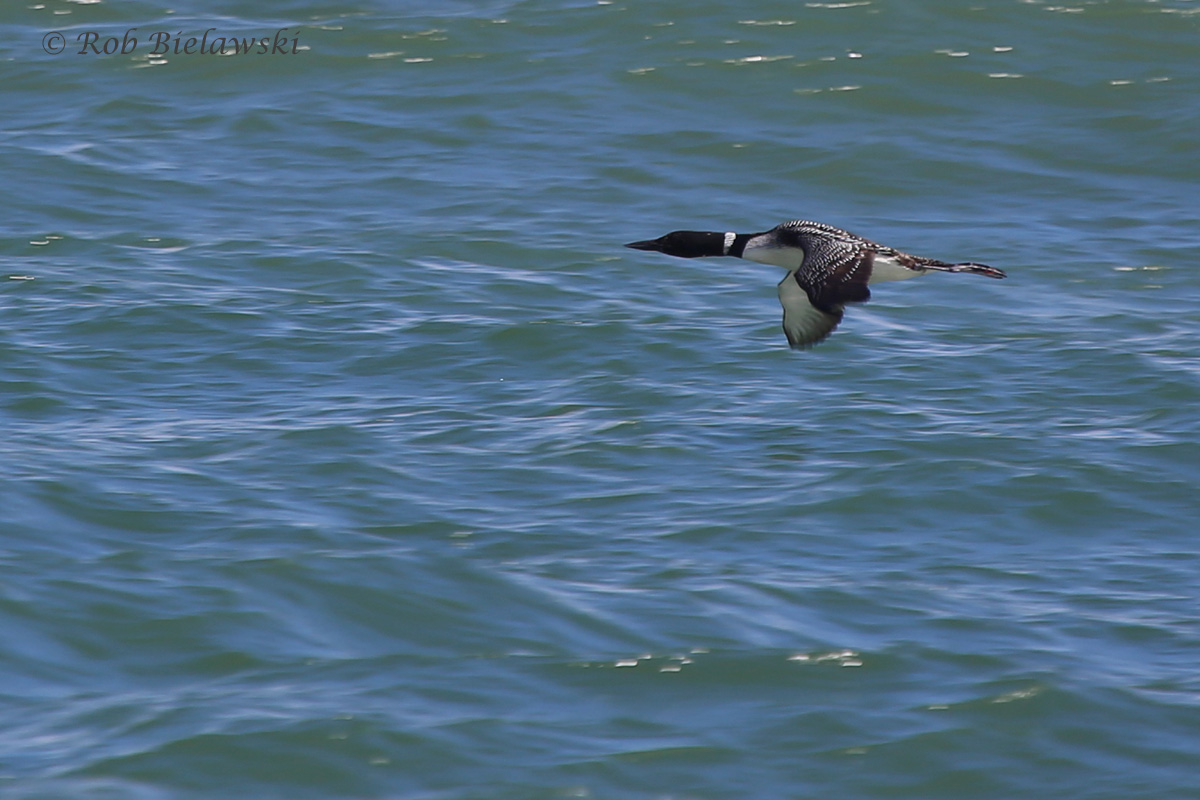
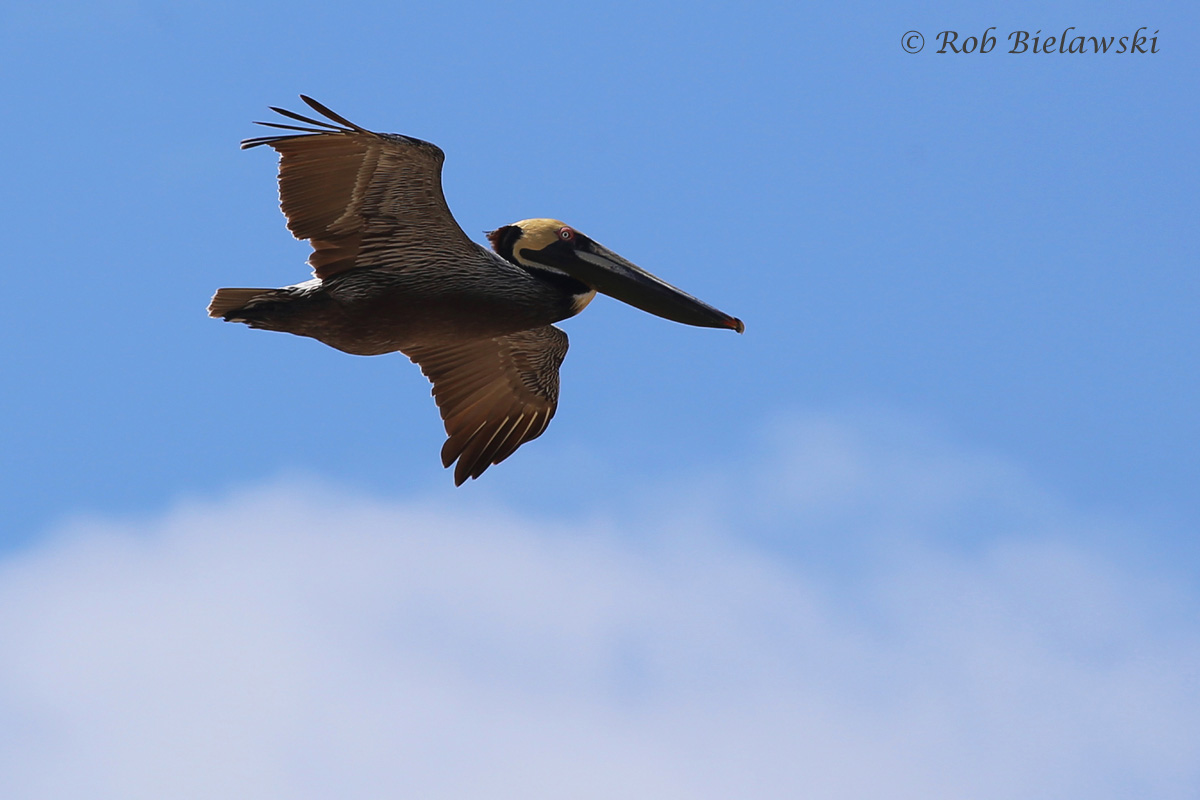
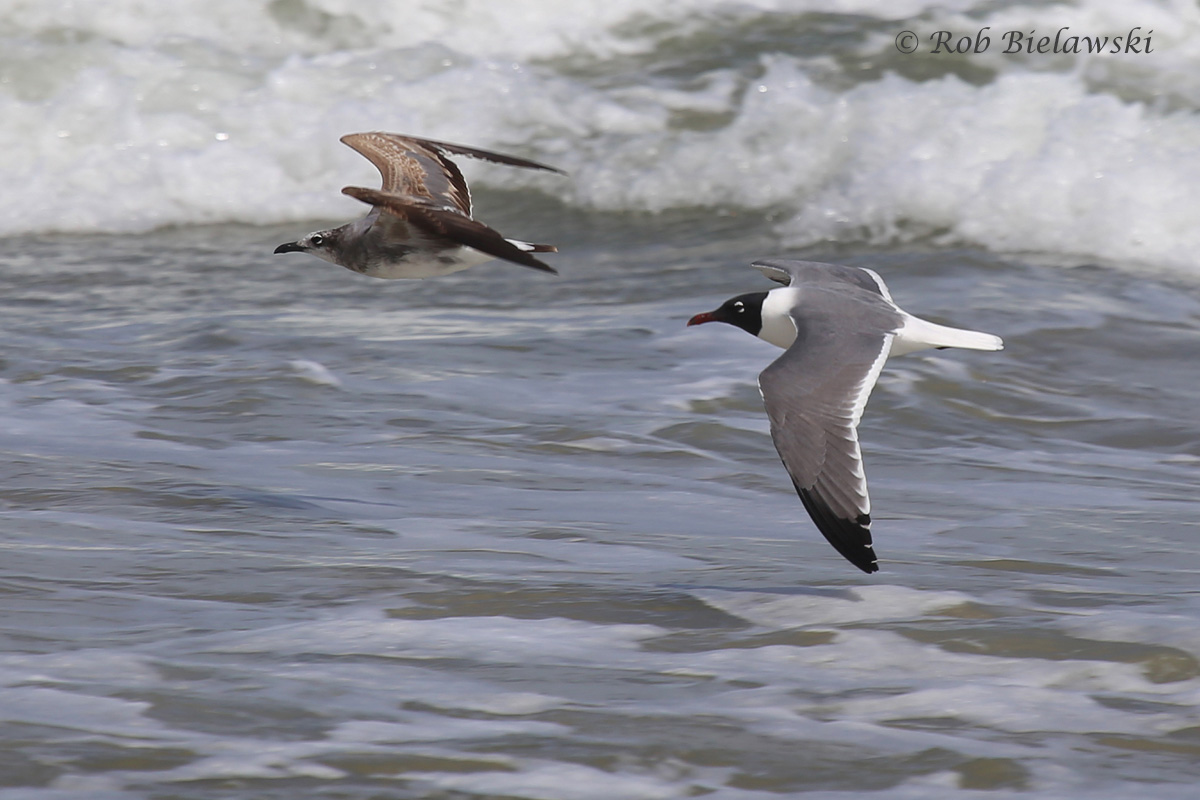

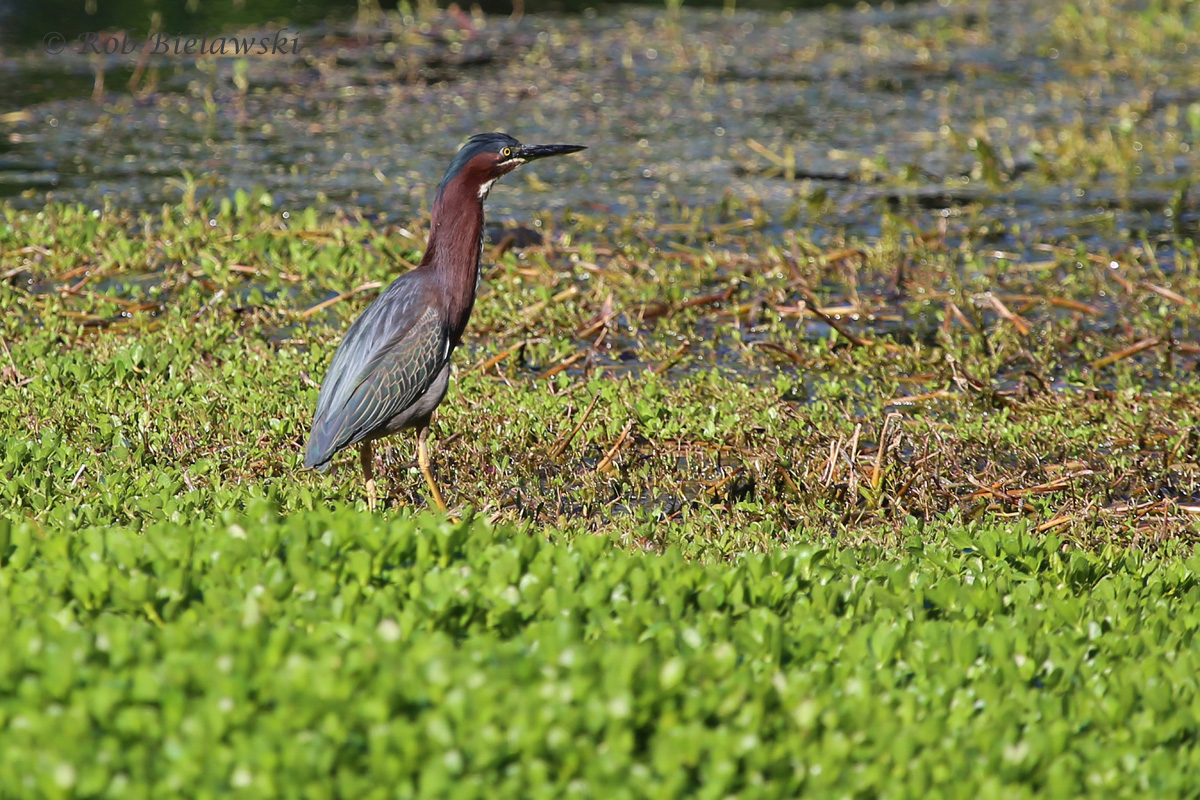
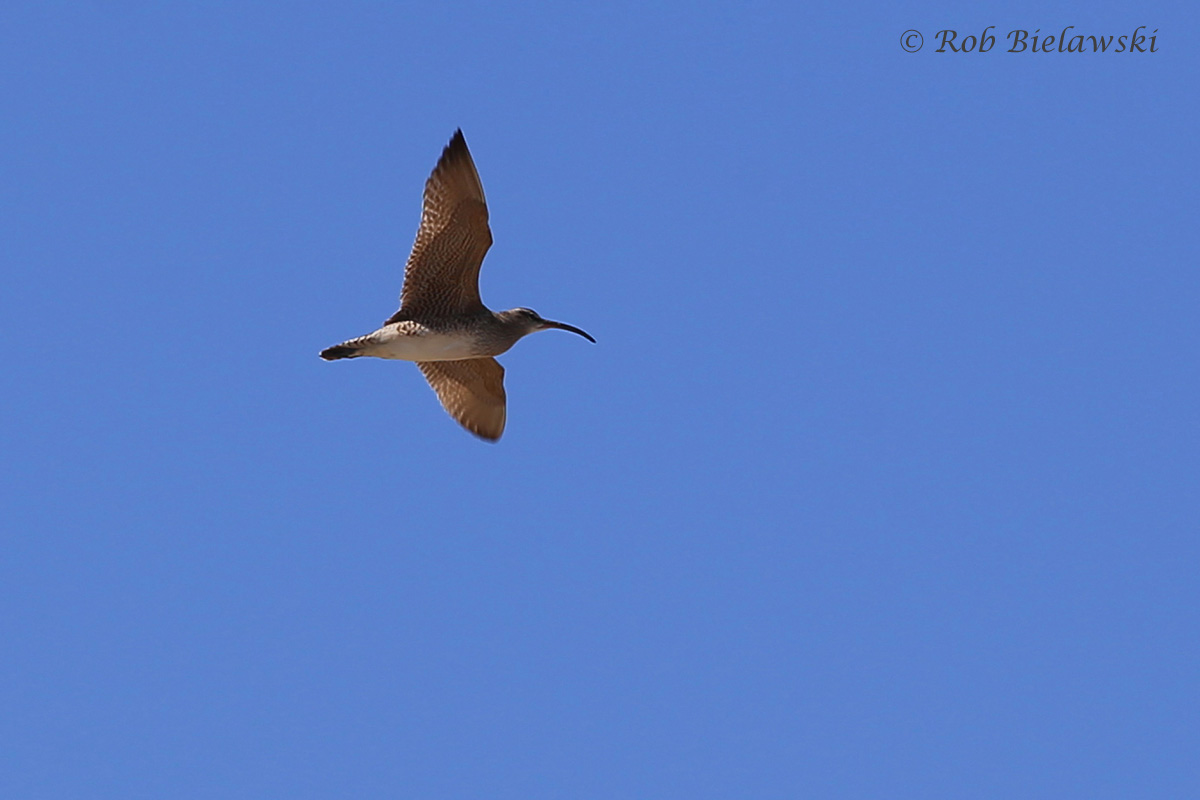
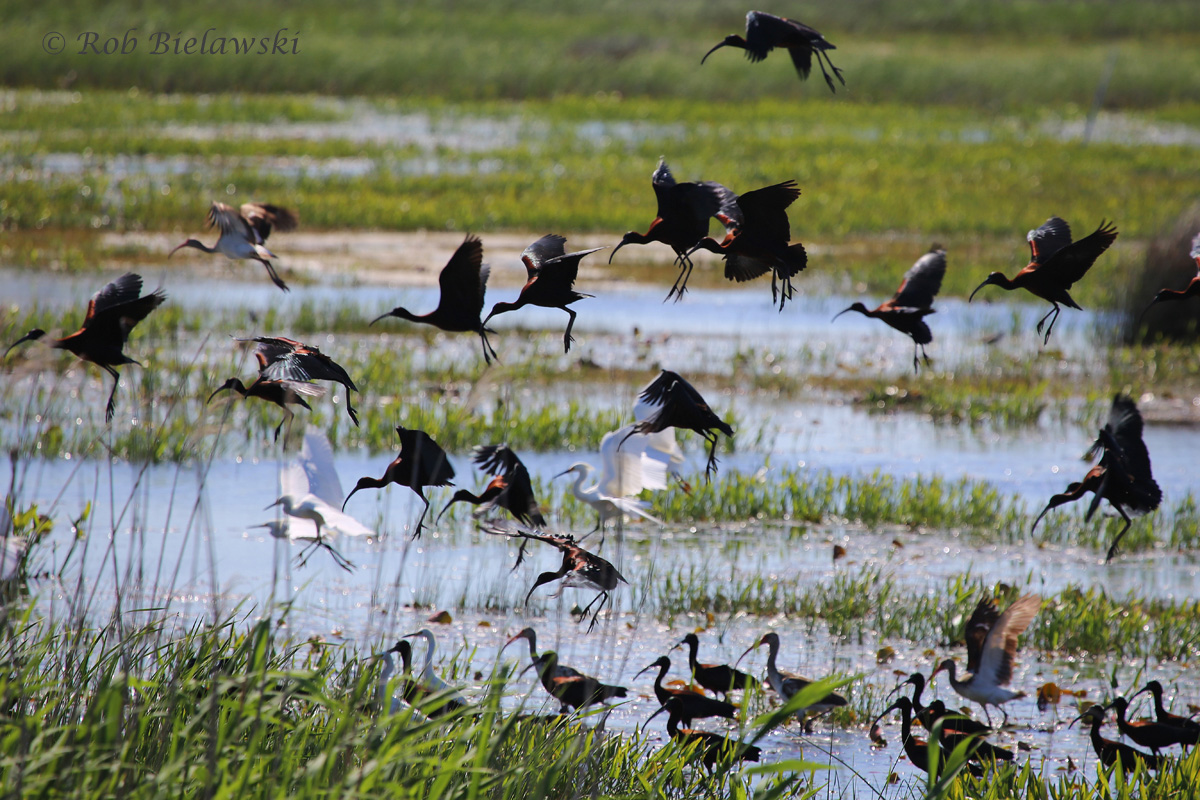
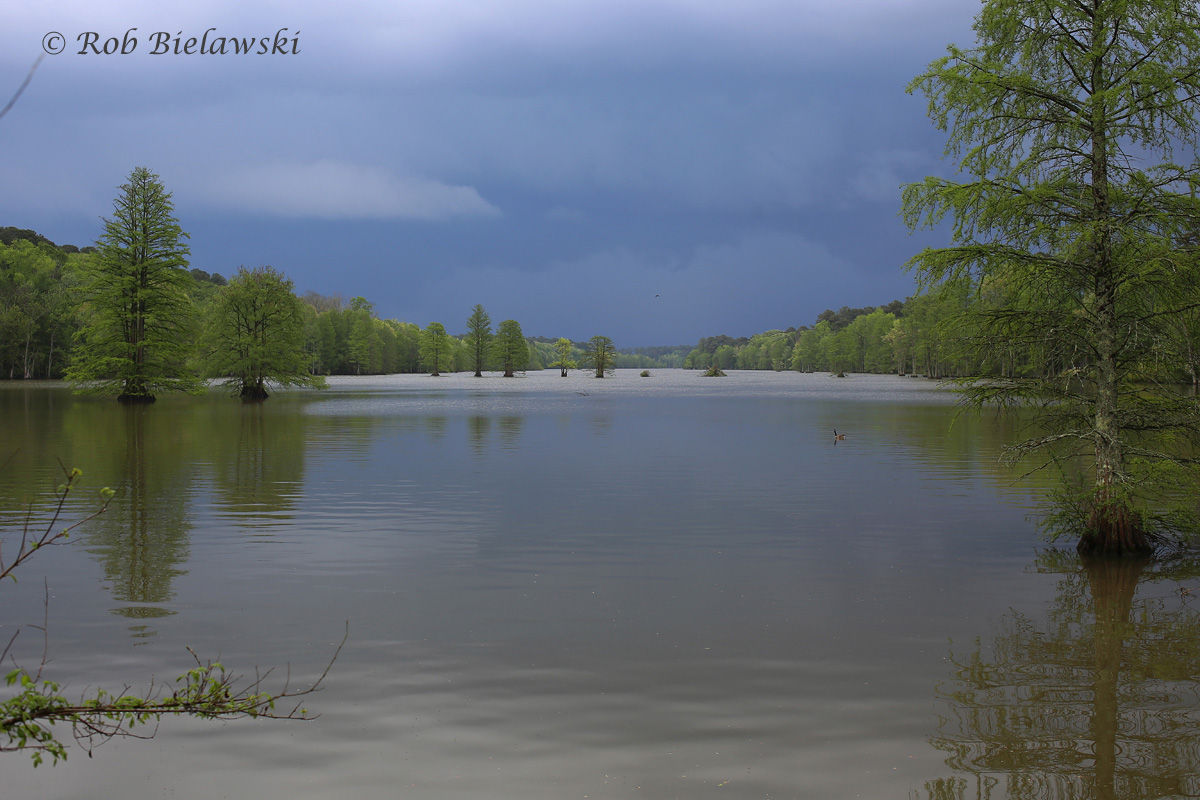
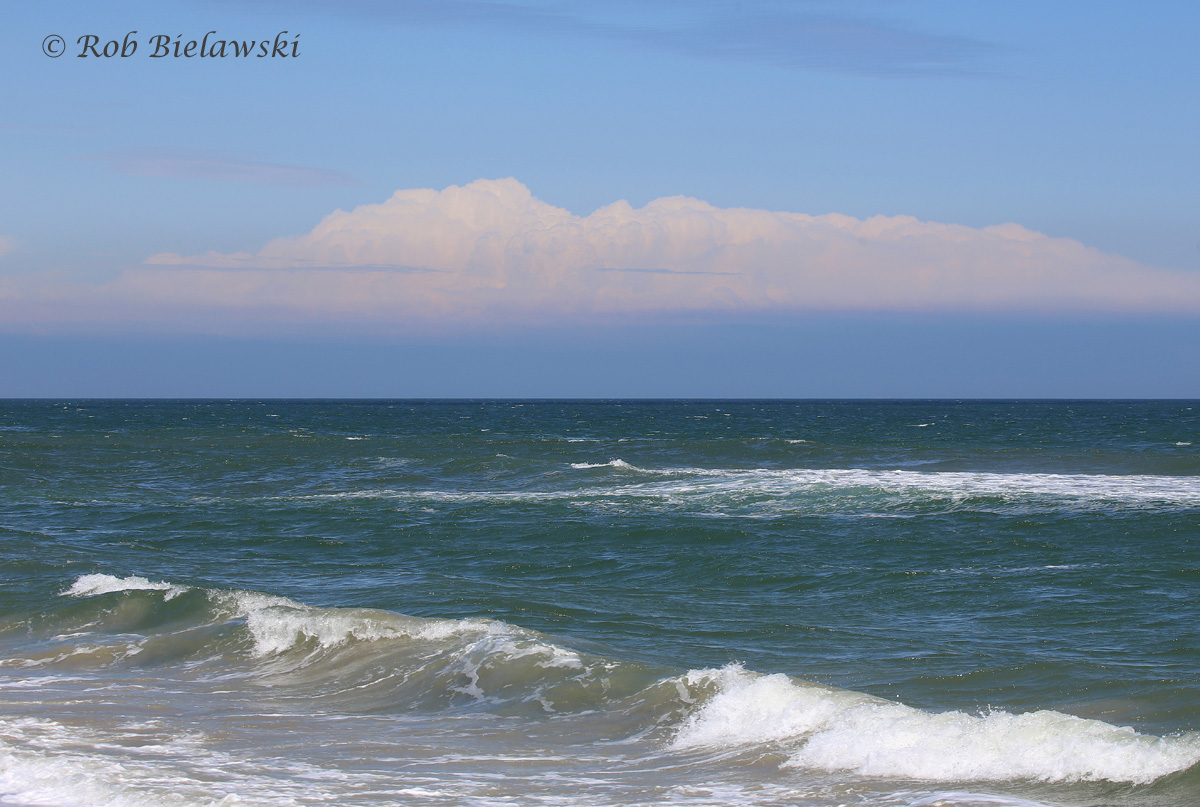
This was a particularly ‘birdy’ week, with two major events occurring in the region. Firstly, there was the Great Dismal Swamp Birding Festival which ran Thursday-Saturday. During the event, a wide array of songbirds were observed including some highlights like Swainson’s Warbler, Black-throated Blue Warbler, Worm-eating Warbler, Hooded Warbler, Blue-winged Warbler, Yellow-billed Cuckoo and even a report of a heard Black-billed Cuckoo (22 Apr / Elisa Flanders / Jericho Ditch). In addition to the Great Dismal Swamp festival, there was a BioBlitz event taking place at Back Bay NWR on Saturday. The purpose of the event was to spread awareness of the wildlife that can be found in the park, and survey teams were set up throughout the day to seek out as many species as possible. The group of Bob Ake, Matt Anthony, James Fox & Jason Strickland observed an incredible variety of bird species on their Saturday morning trip down the West Dike. Their eBird checklist is probably the single most impressive list I have ever seen come out of Back Bay, and was truly eye opening as to what can be observed when a group of expert observers work together. The weather likely played a critical factor in this outing, with a cold front hitting us on Friday evening likely helping to stall out all the migrants that had arrive during the week. The team that walked the East Dike also provide a great list of birds, but with no views of the impoundments, it just isn’t going to produce the same variety. The beach survey struggled a bit, as high winds took over in the afternoon around the scheduled 1 PM start time which had been chosen to work around the low tide. Only a few shorebirds were observed (Sanderling, Willet & Black-bellied Plover), but with some nice surprises including lingering Northern Gannets & a Red-throated Loon. As to the other counties within the region, a window-strike Swainson’s Warbler in Norfolk (22 Apr / Robert Ake / Private Residence) provided only the second report of the species in eBird for the county; there was a Lark Sparrow present in Accomack (20 Apr / Bonnie & Galen Ingram / Marine Science Consortium); Orchard Orioles arrived in Newport News (15 Apr / Terri Cuthriell / Newport News City Park) & Accomack (18 Apr / Glenn Long / CWR Headquarters); American Golden-Plover, Gull-billed Tern & a lingering Red-throated Loon were observed in Portsmouth (21 Apr / Bill Williams / Craney Island Disposal Area).












